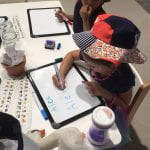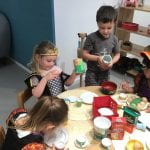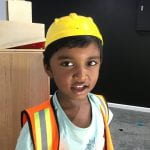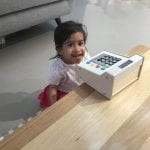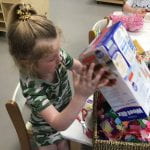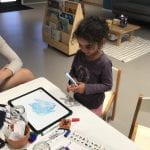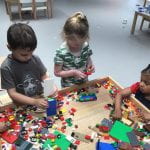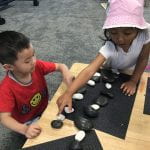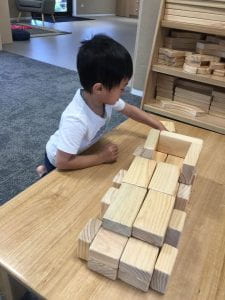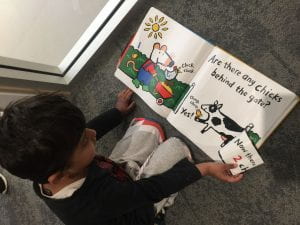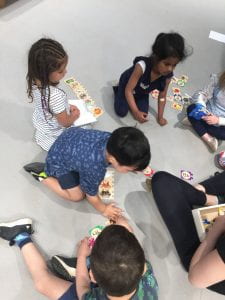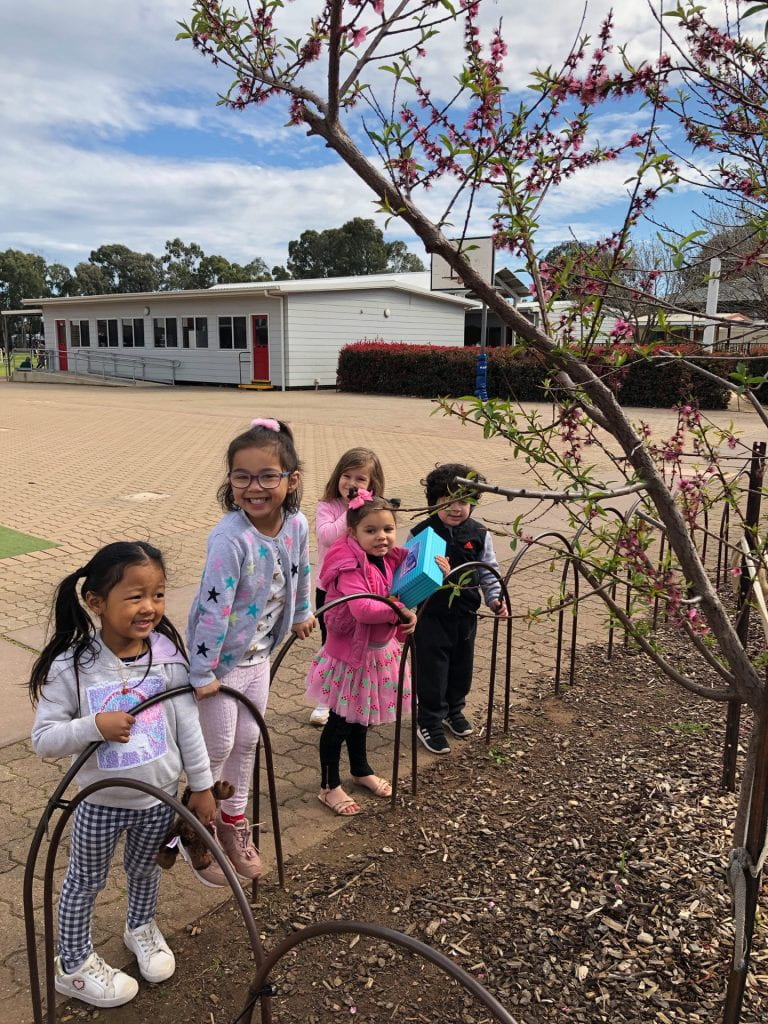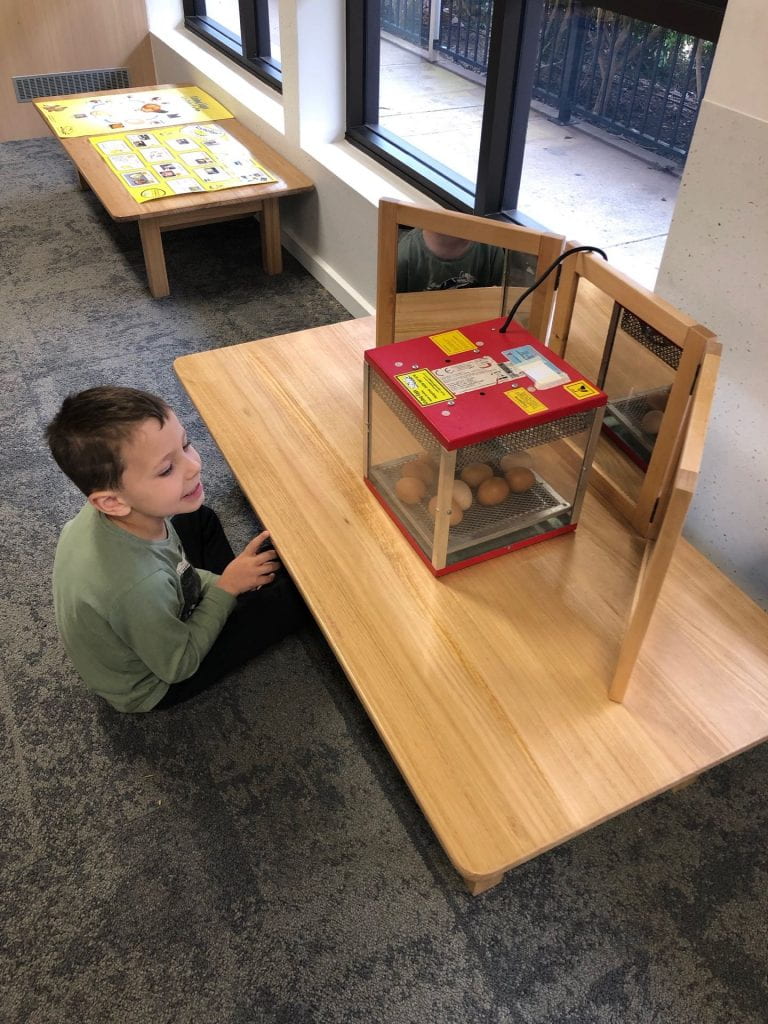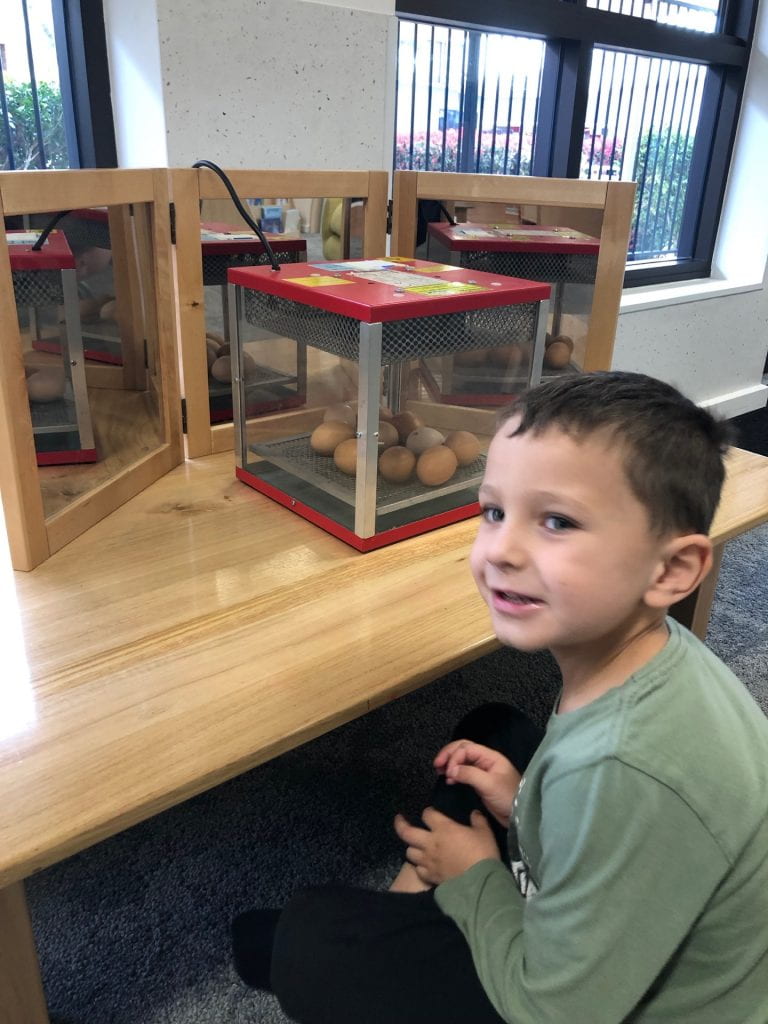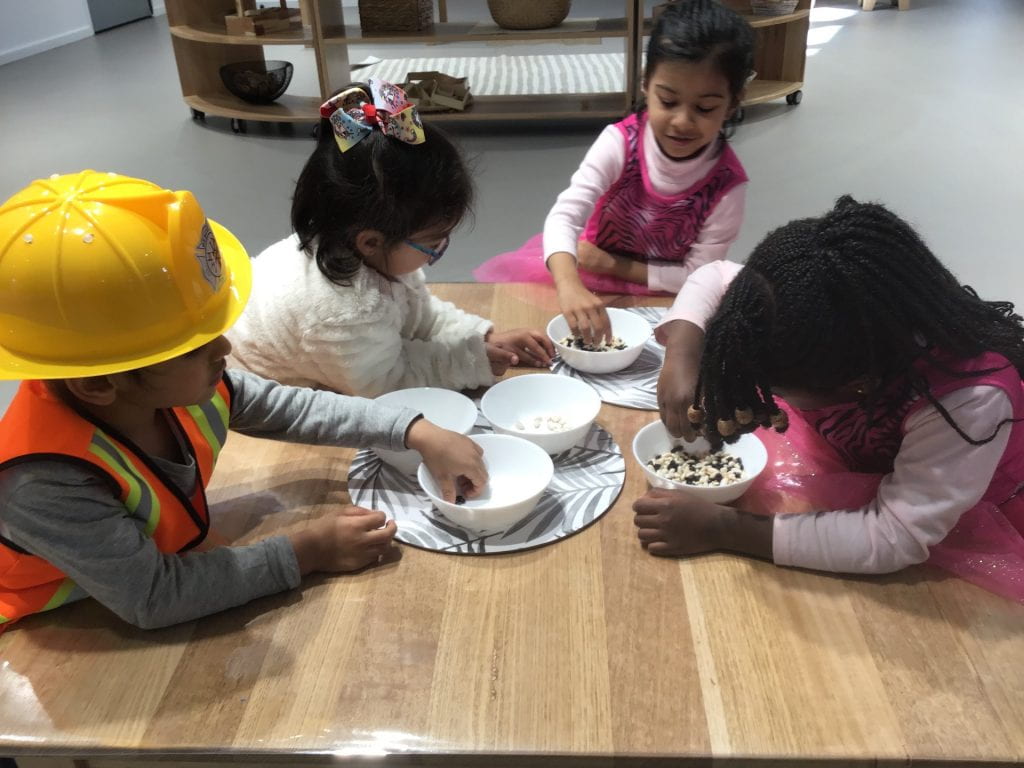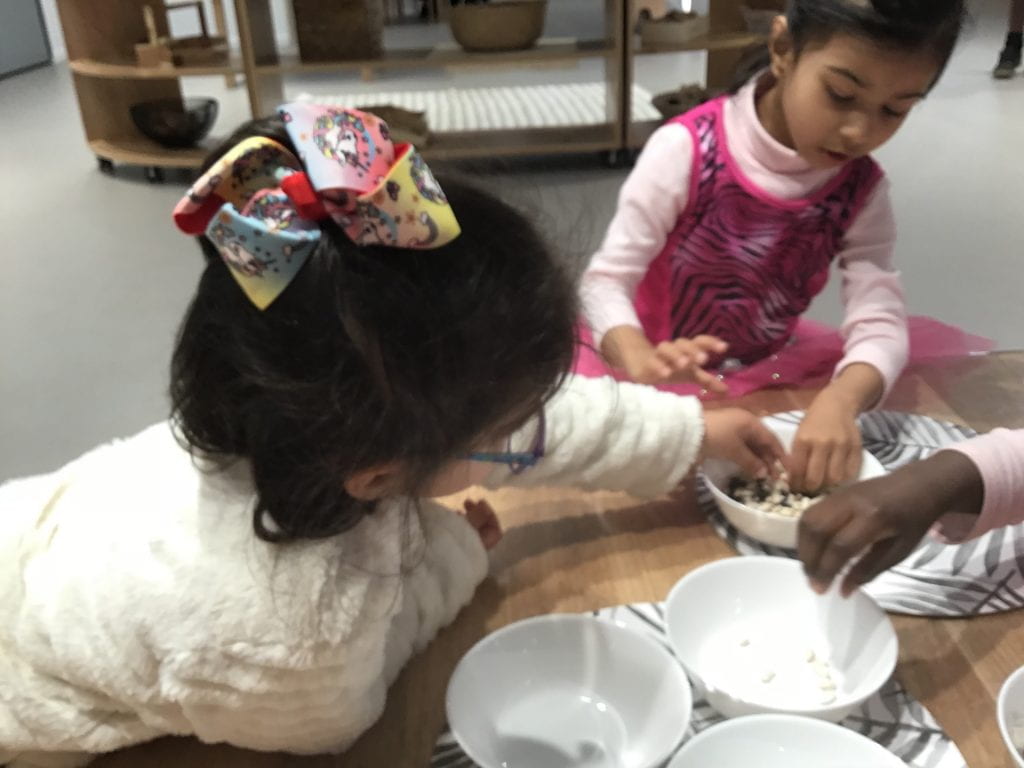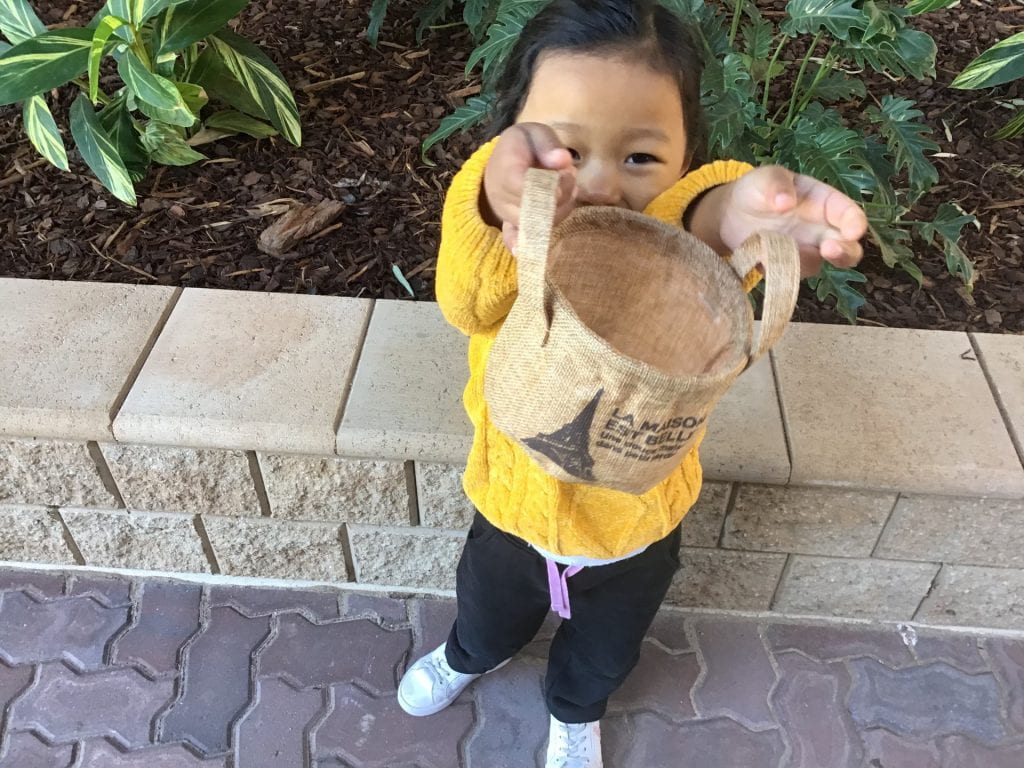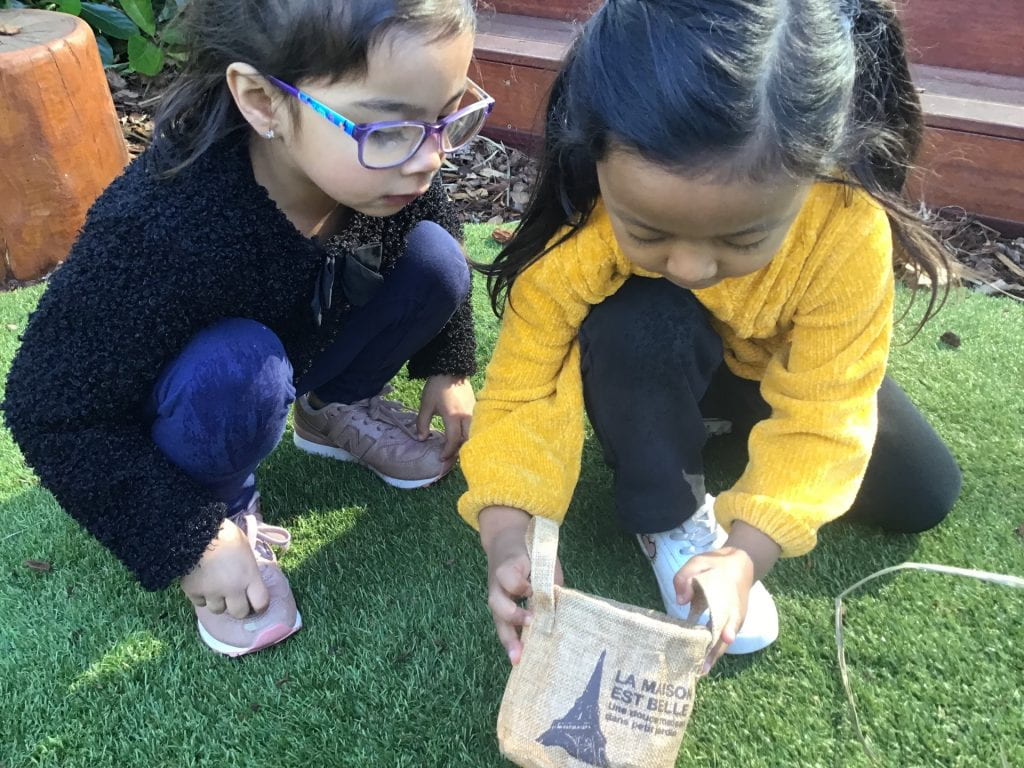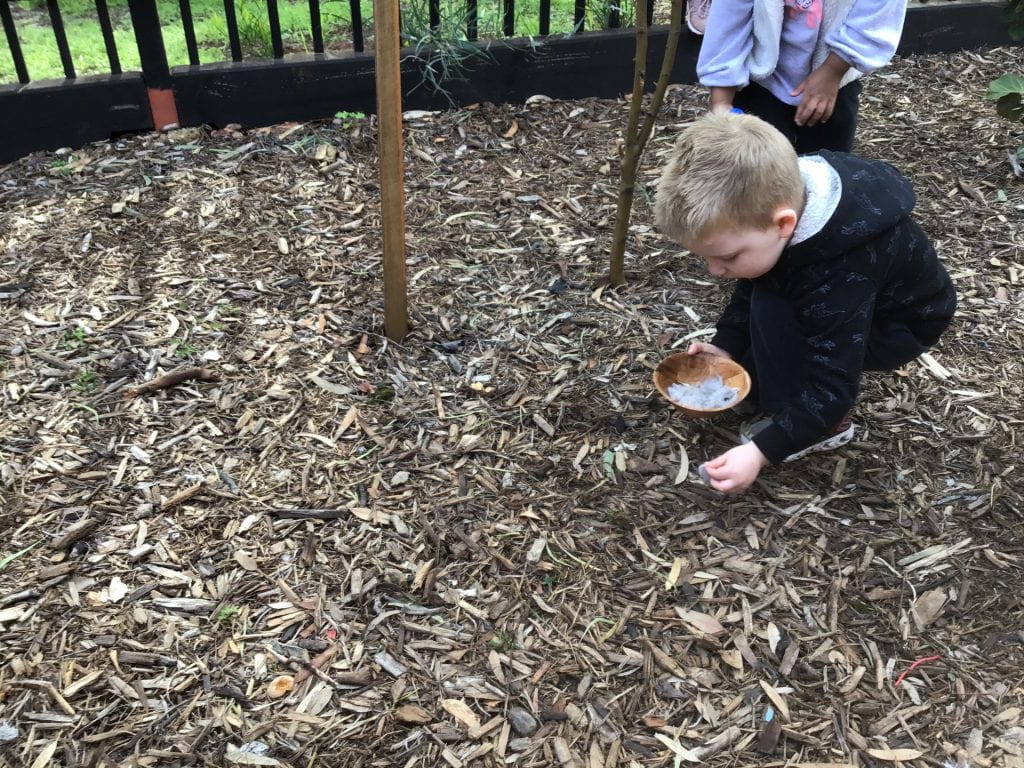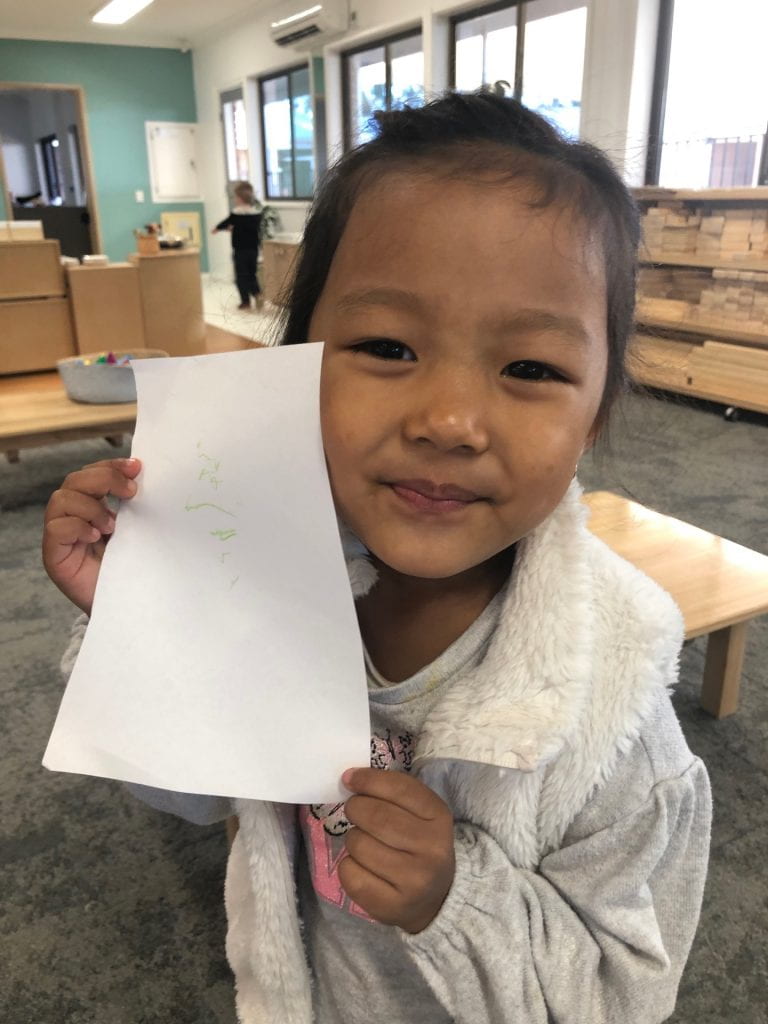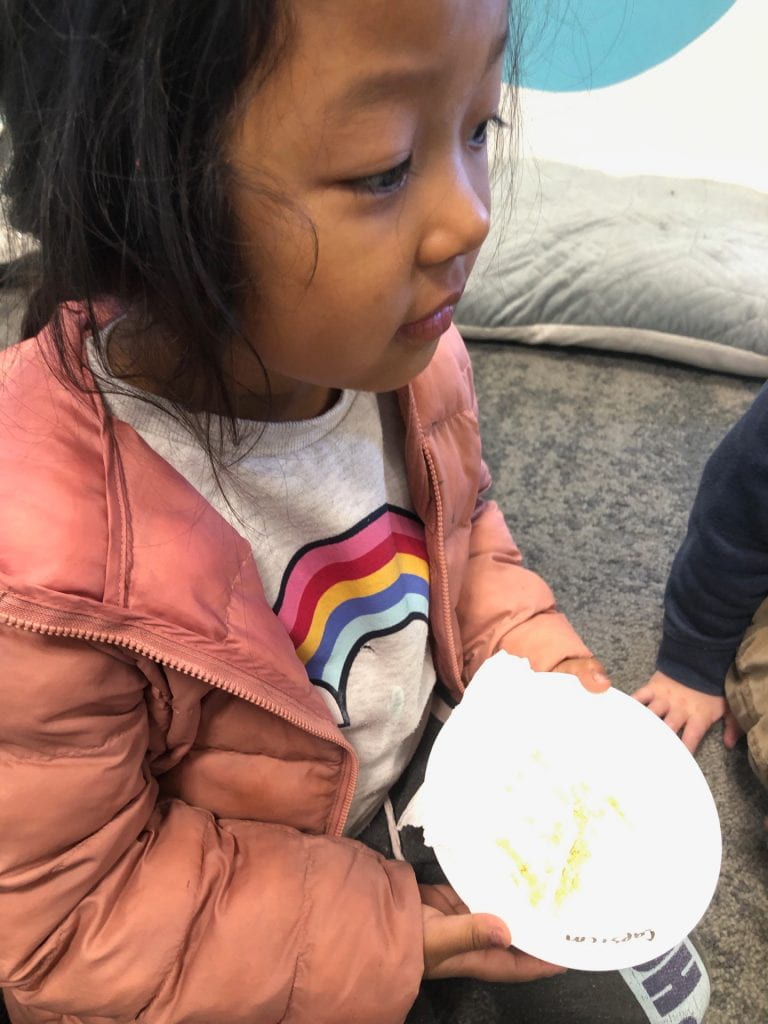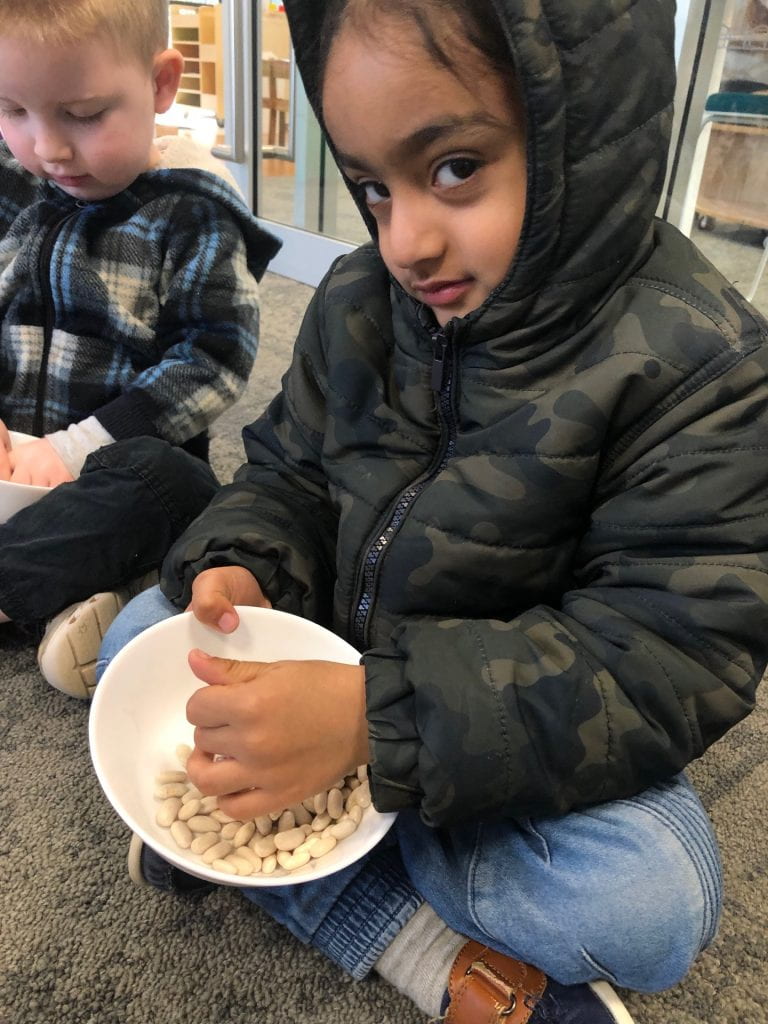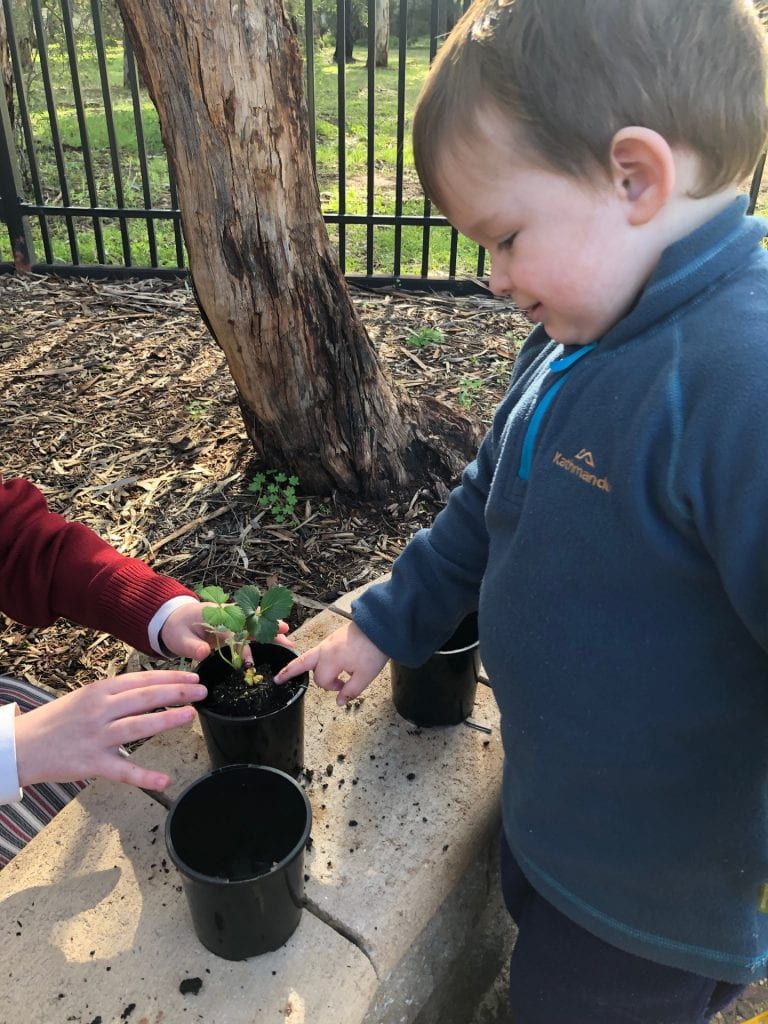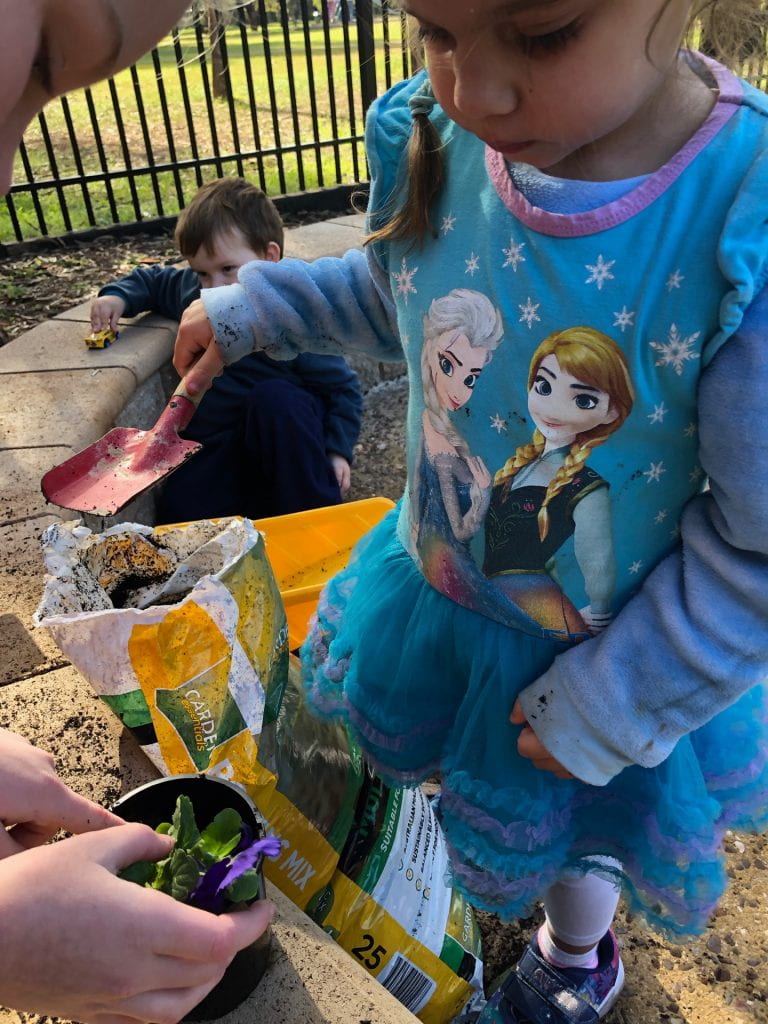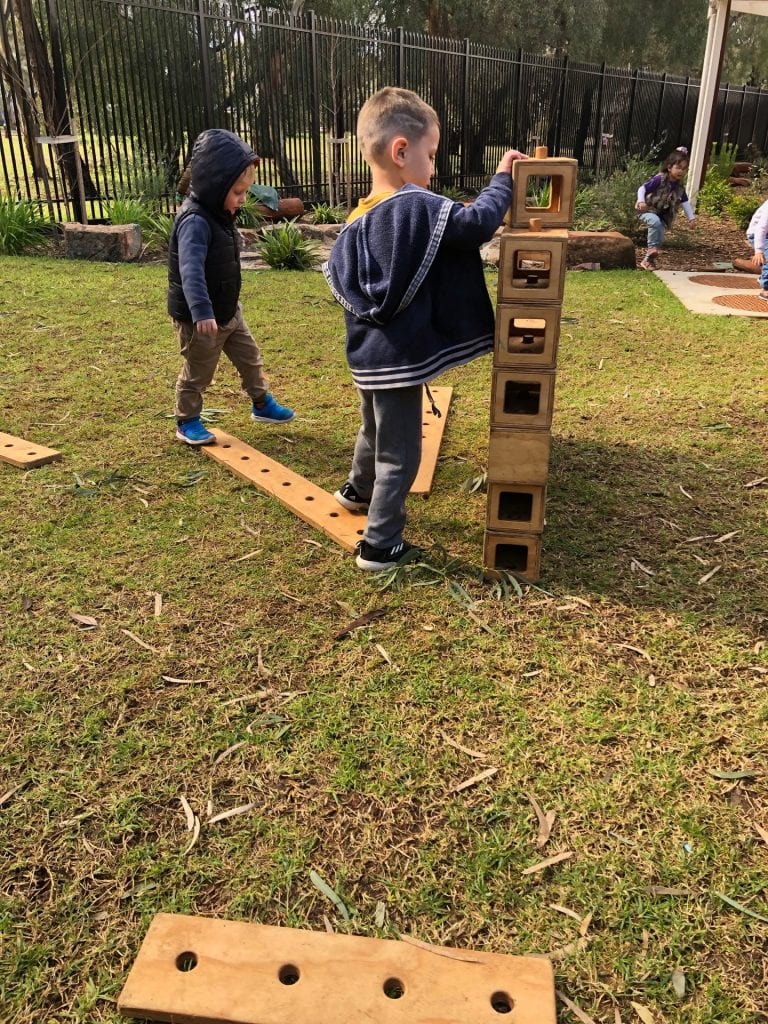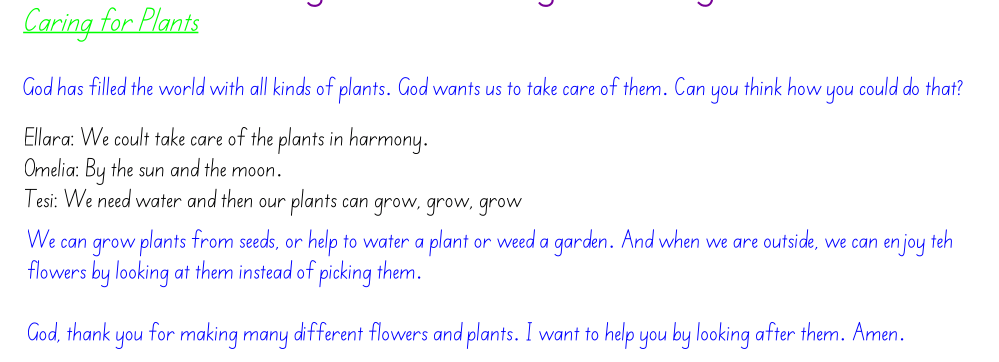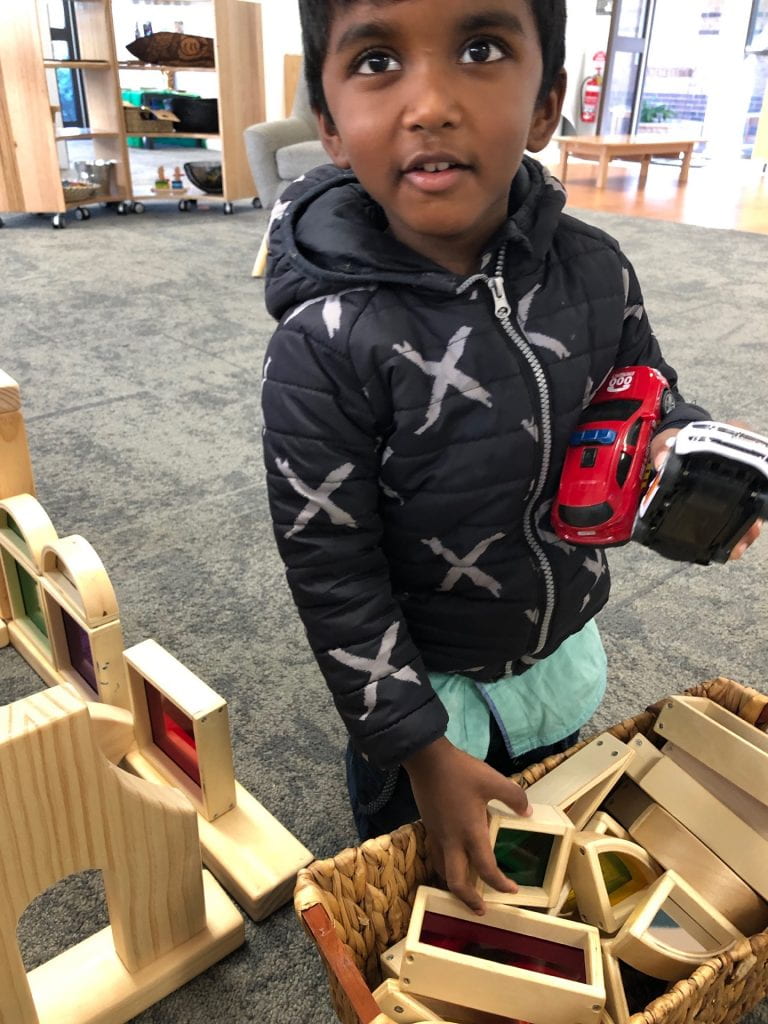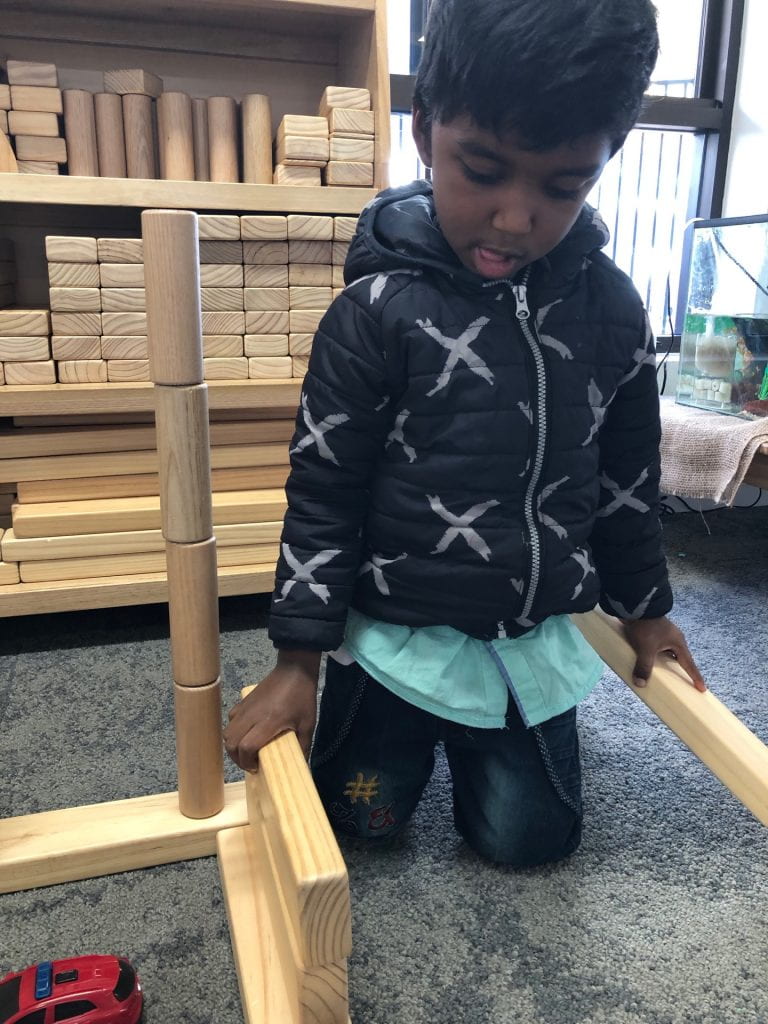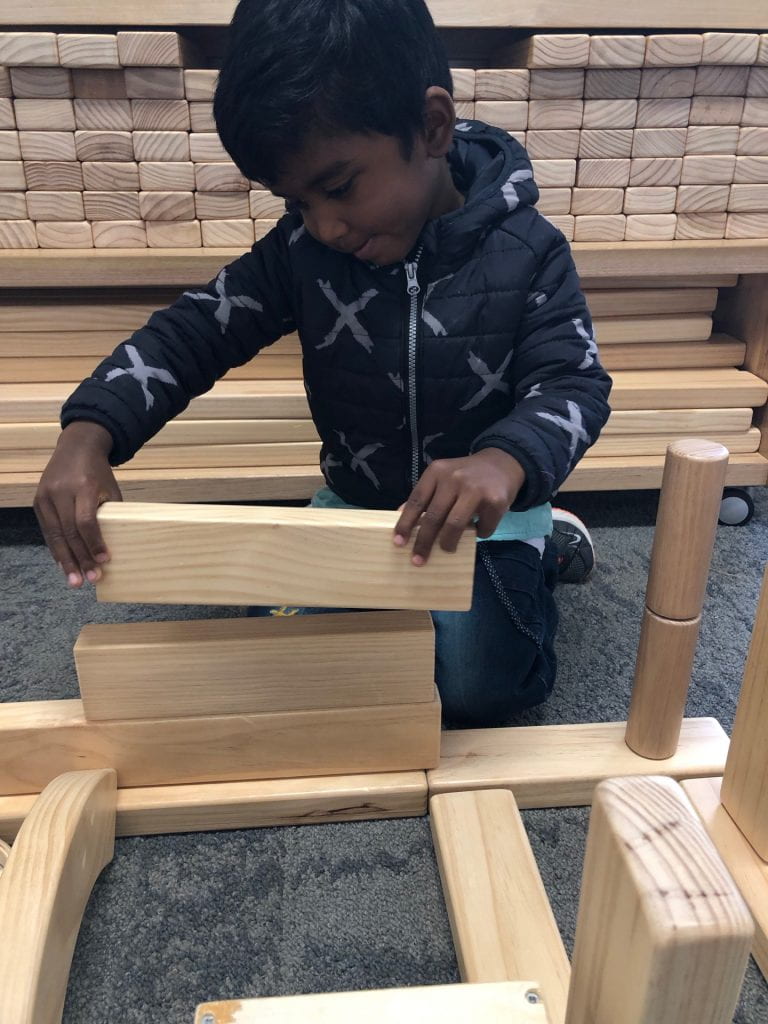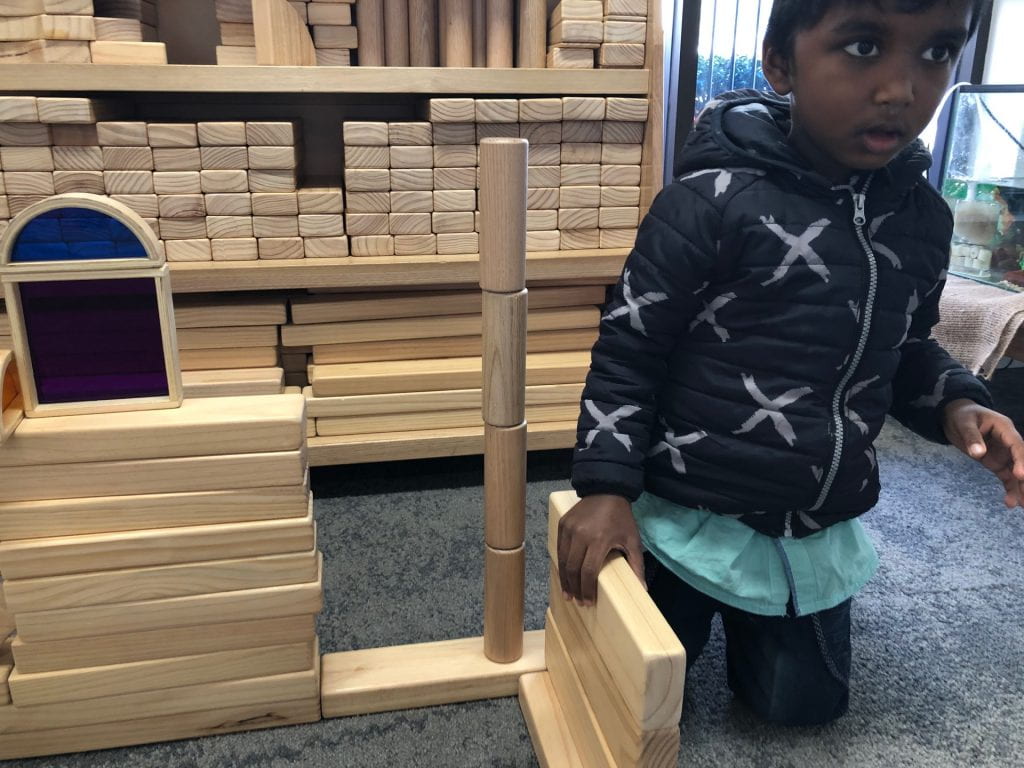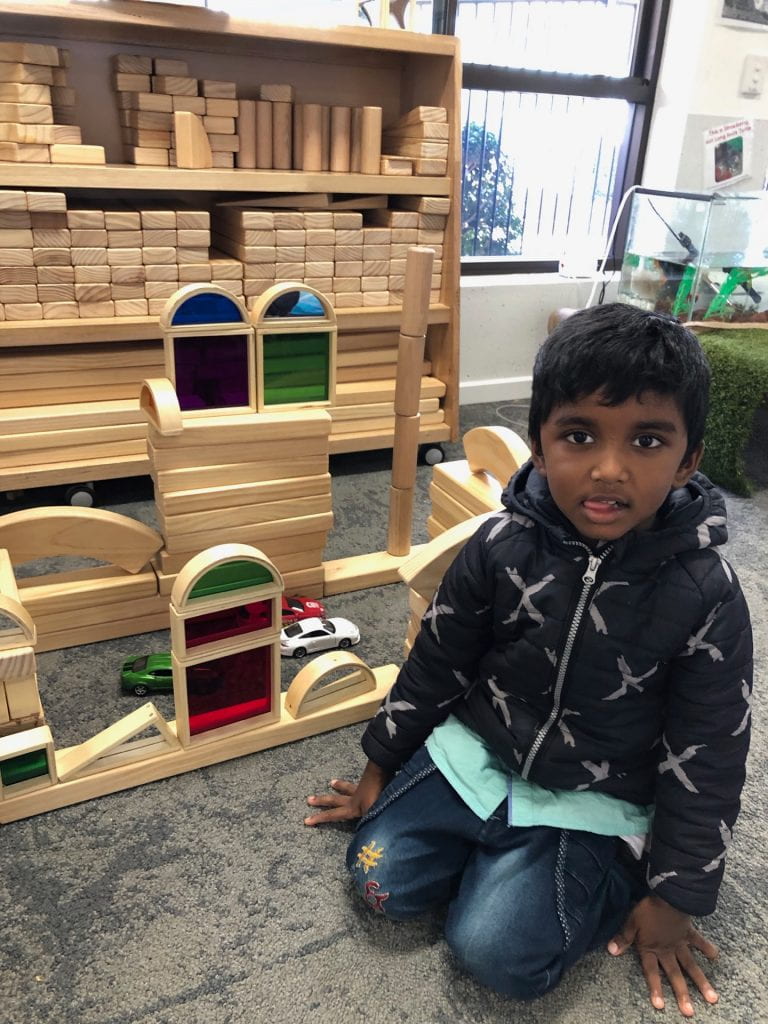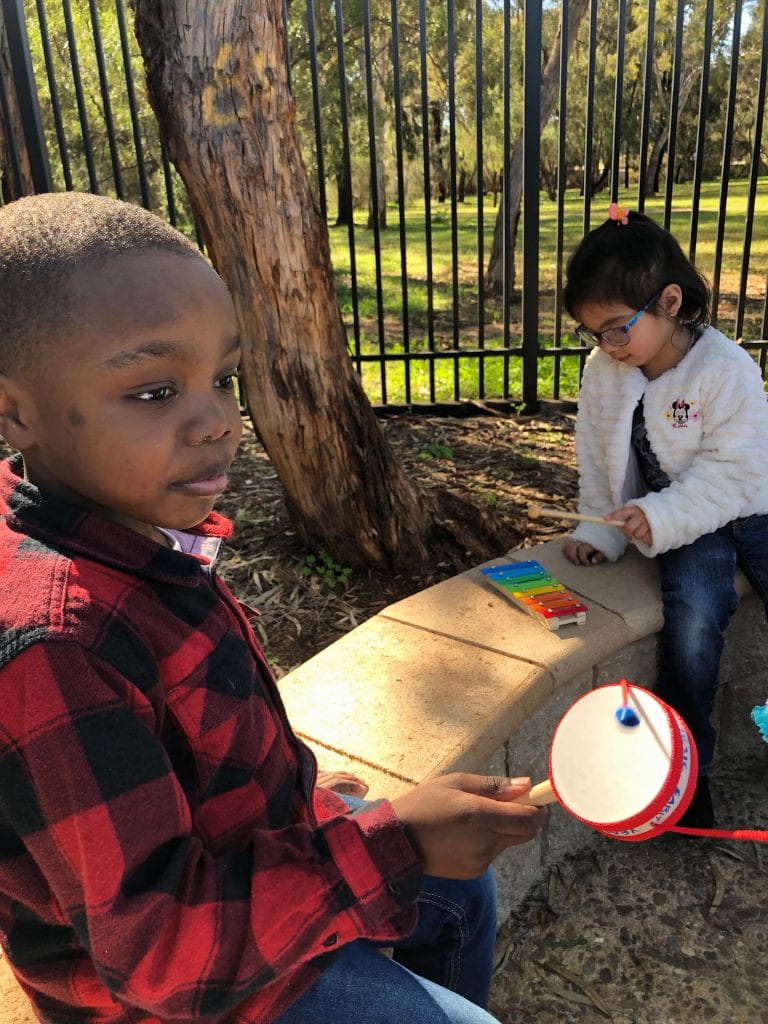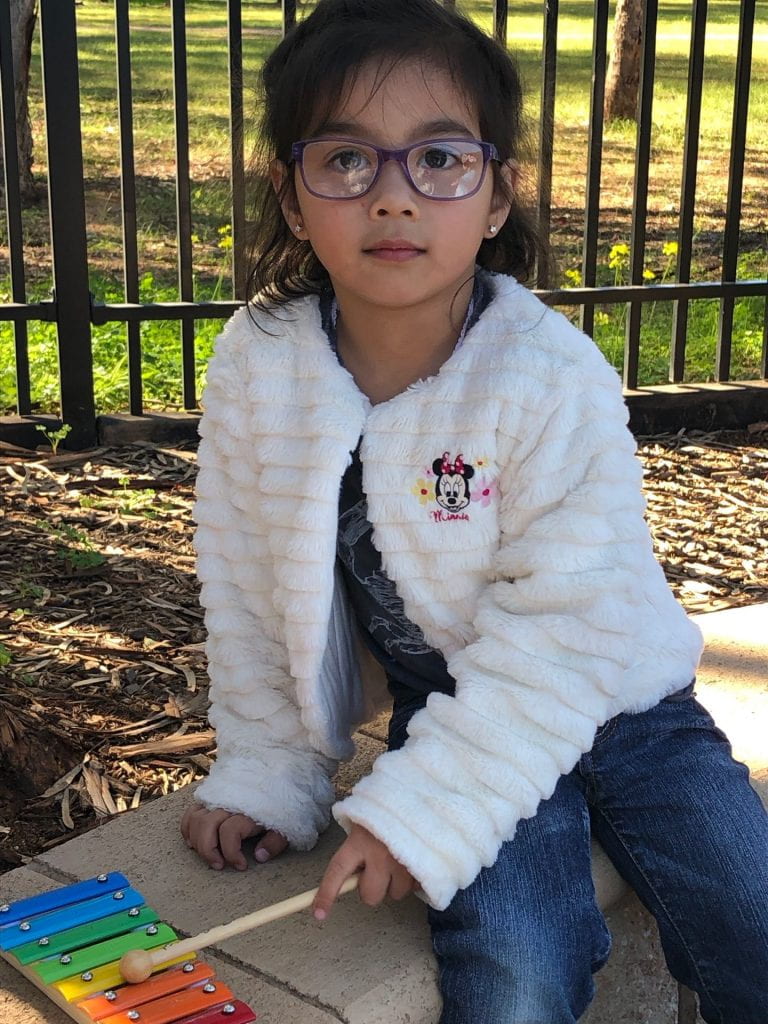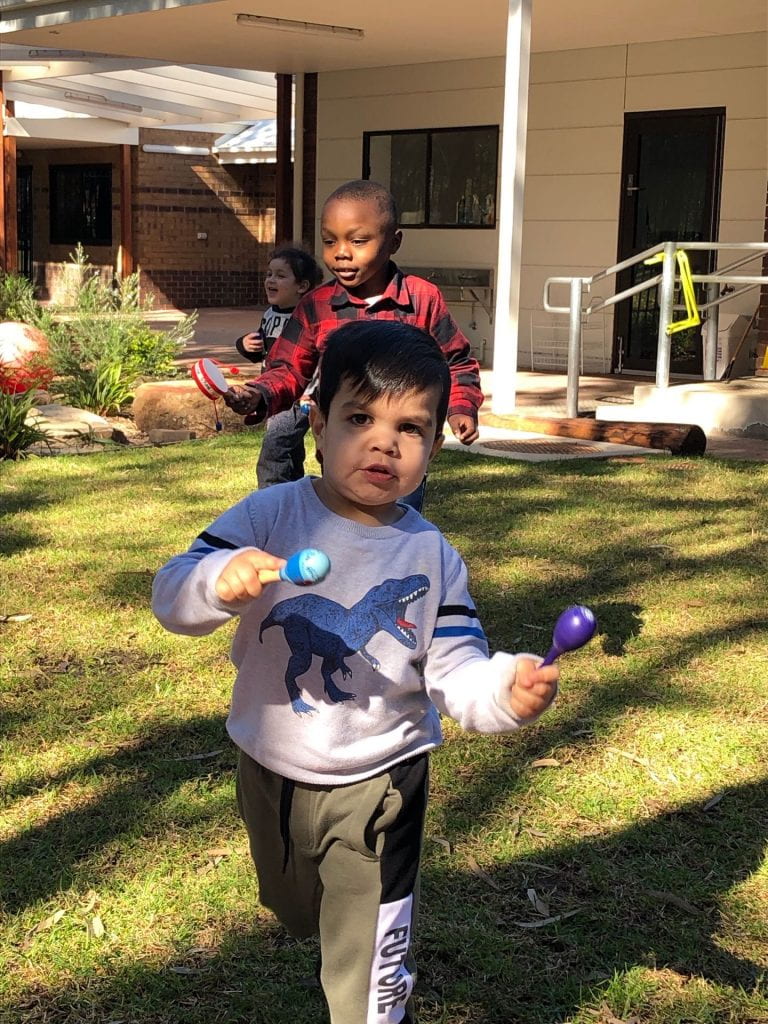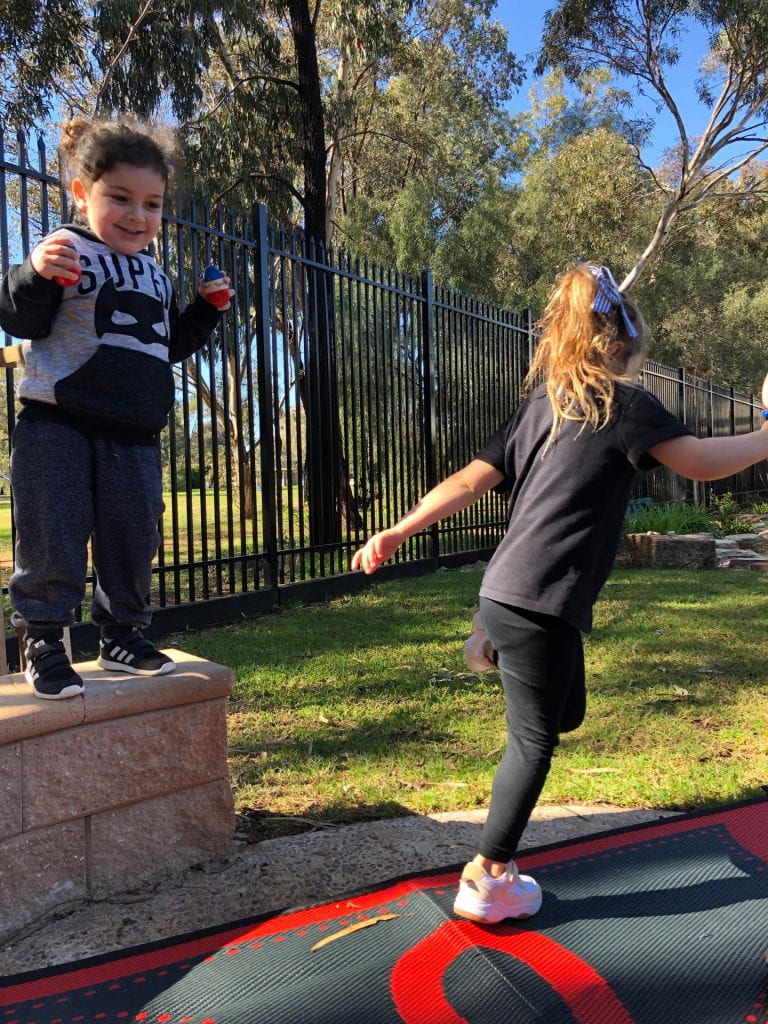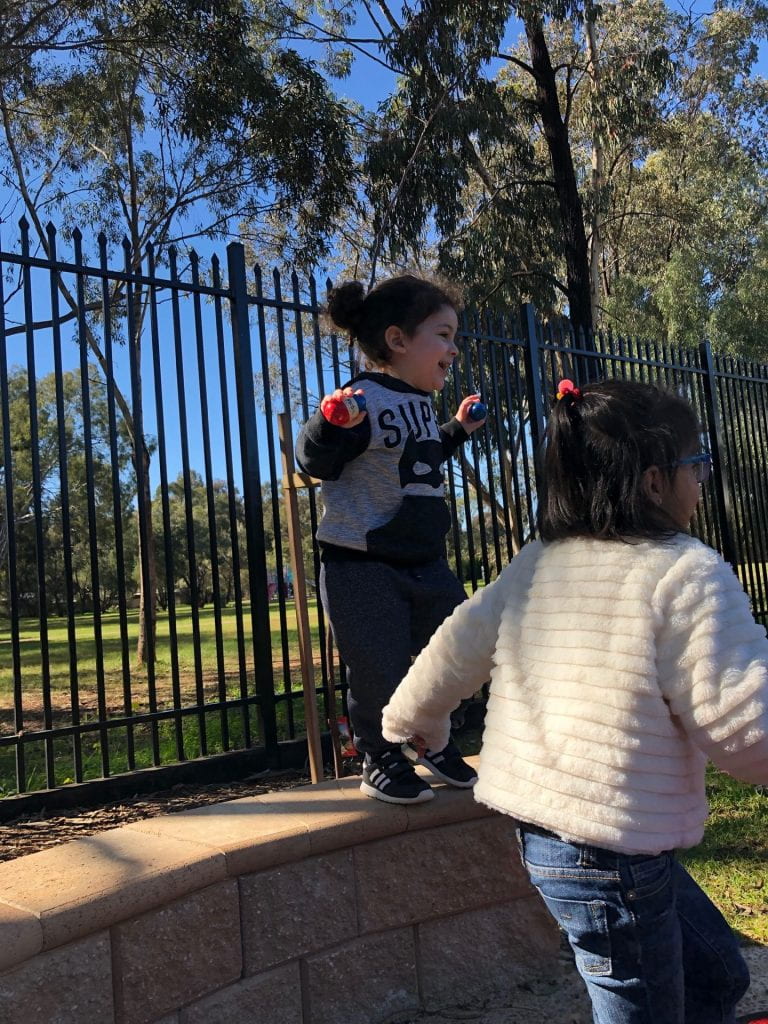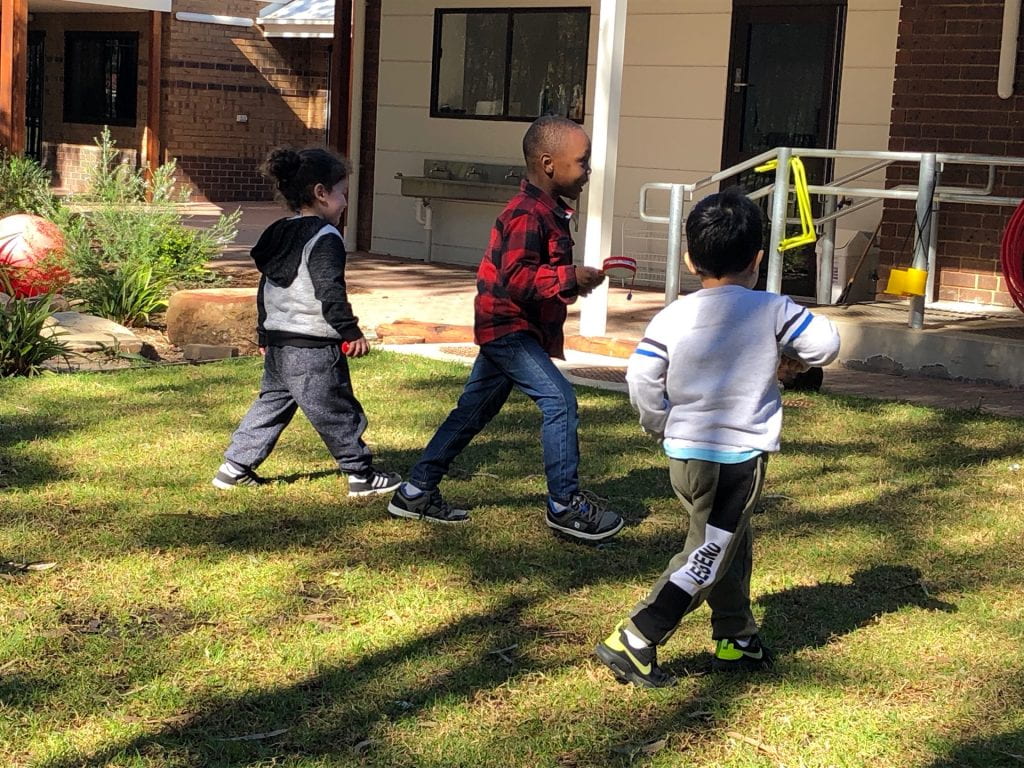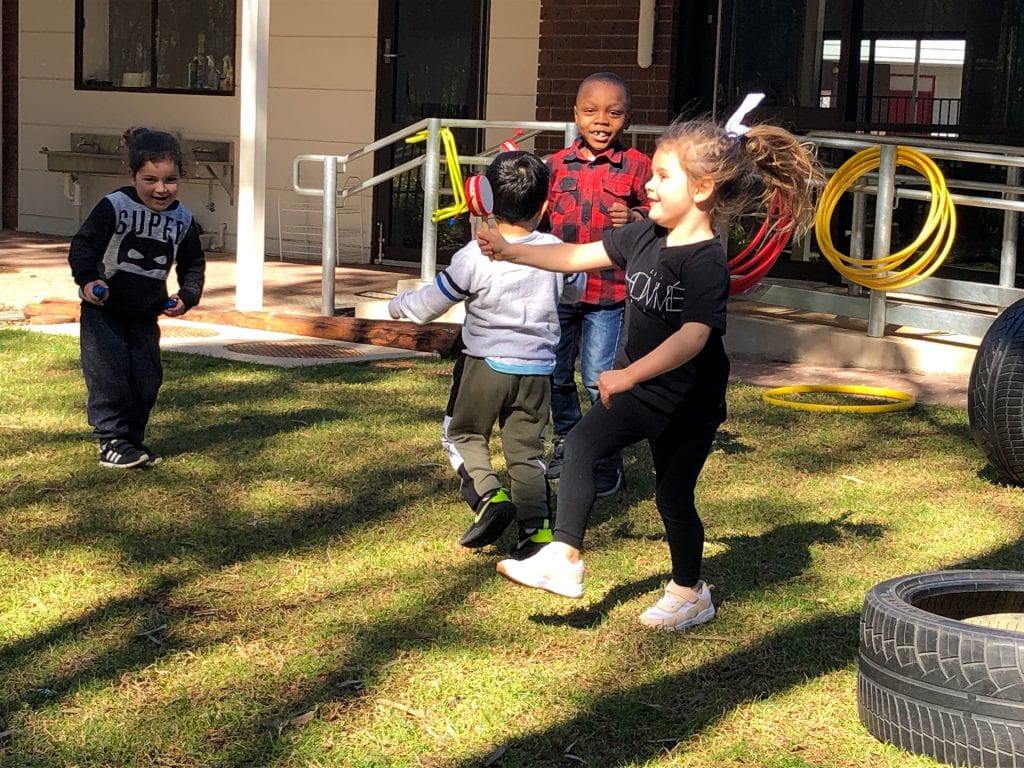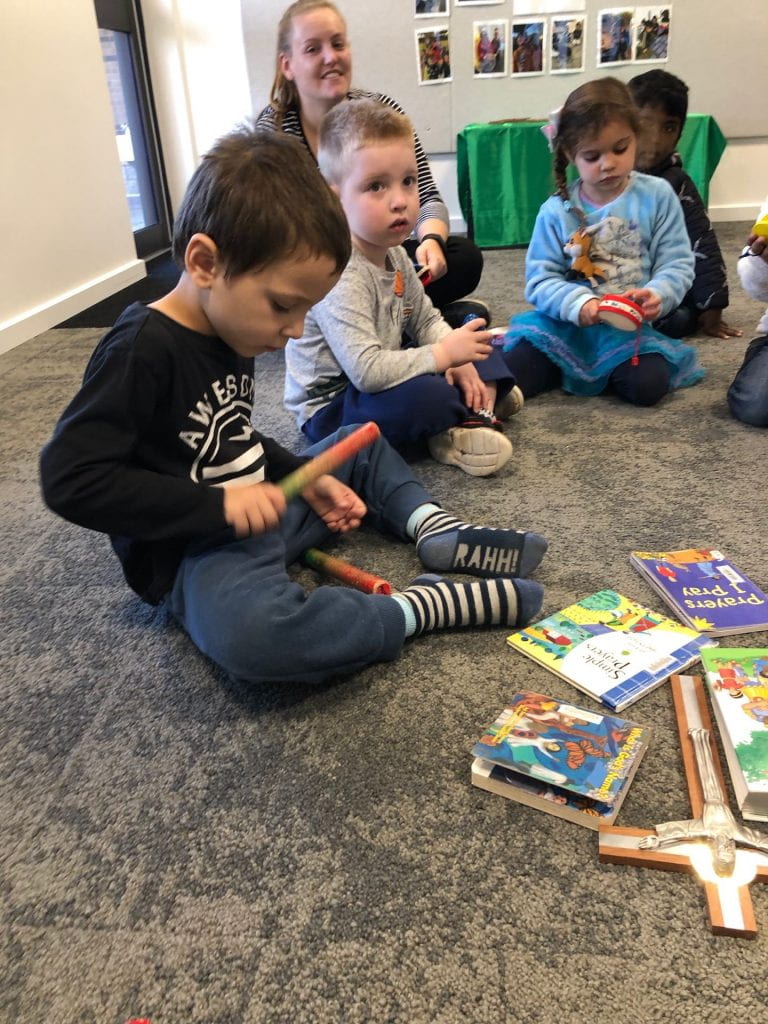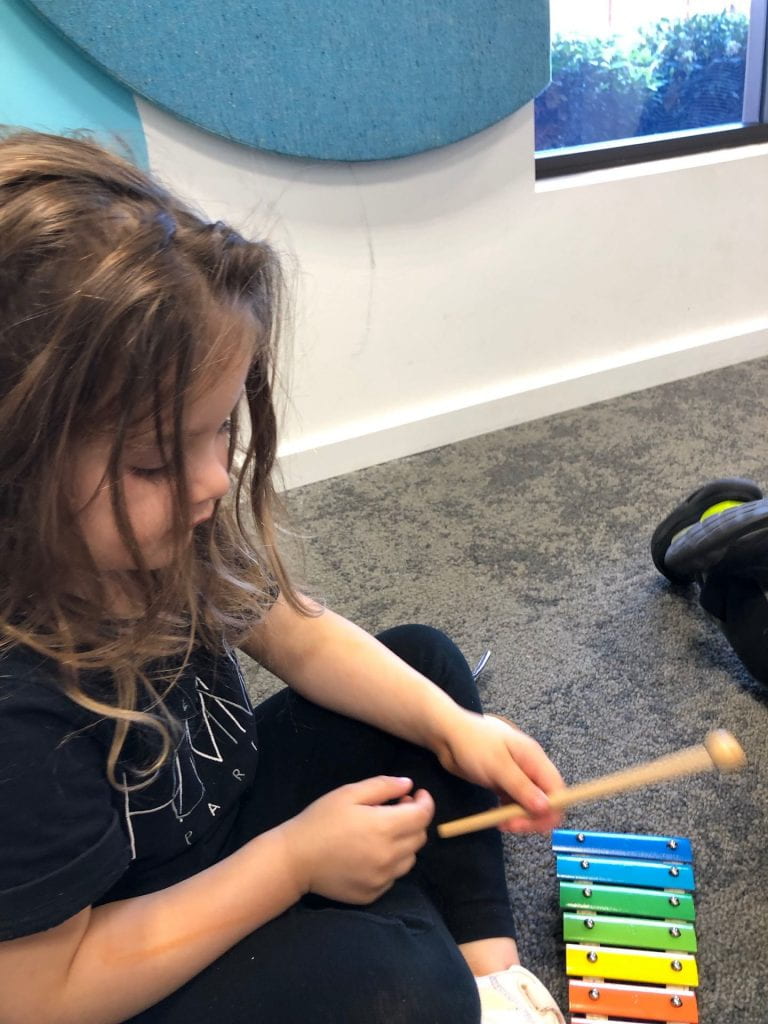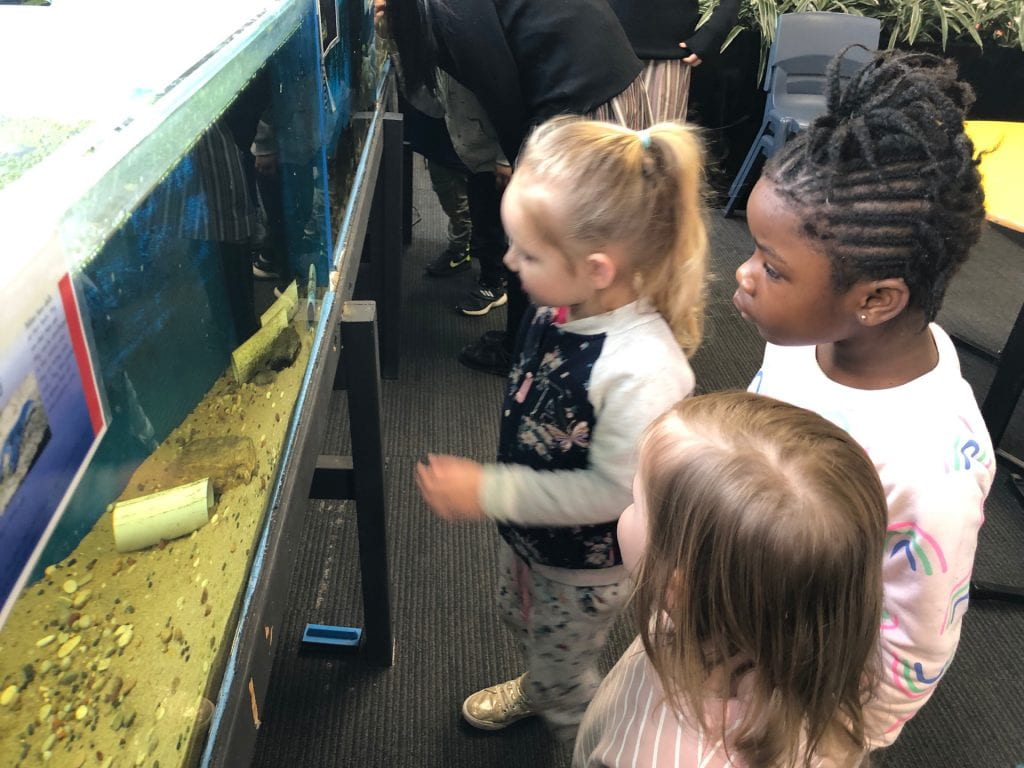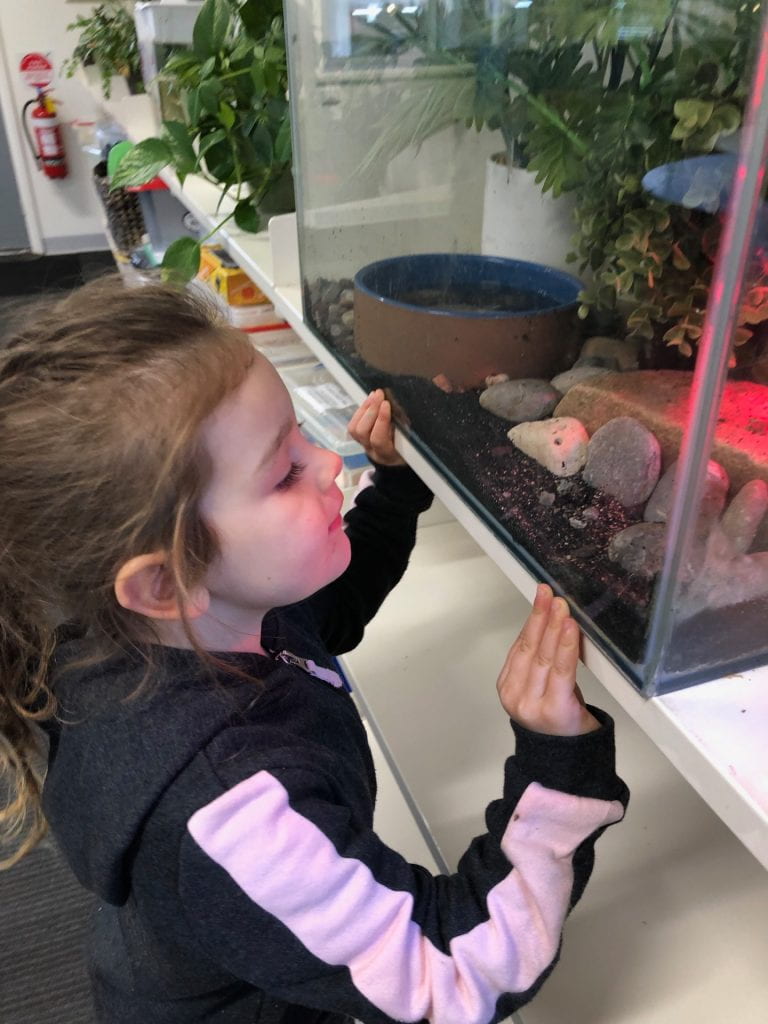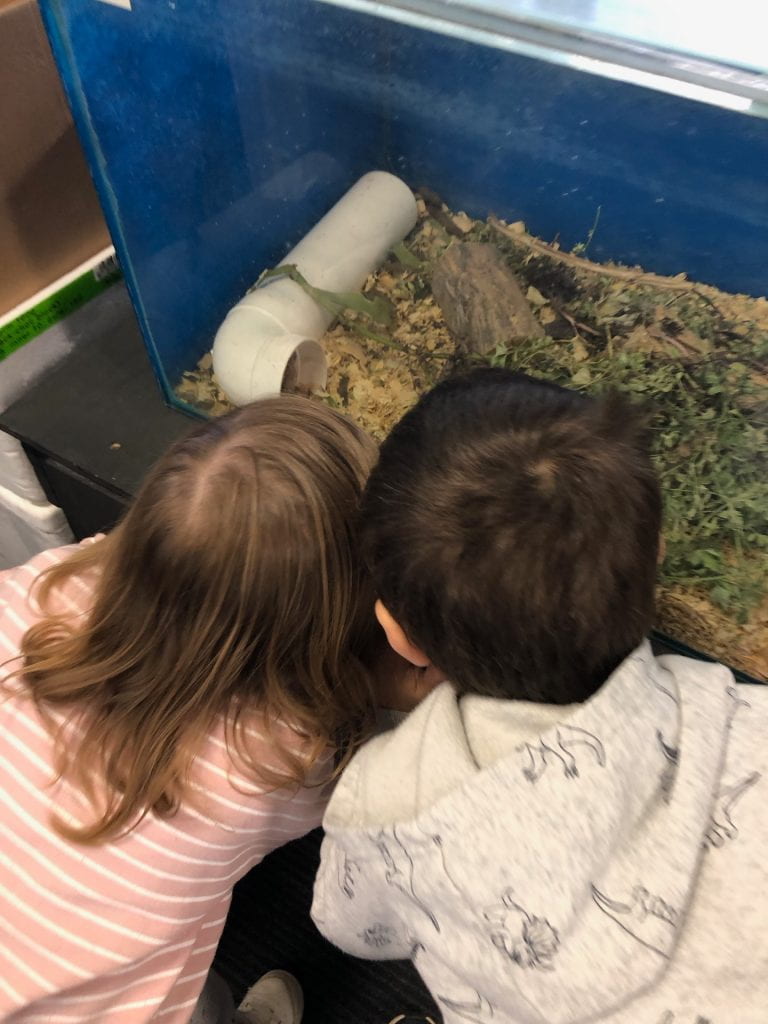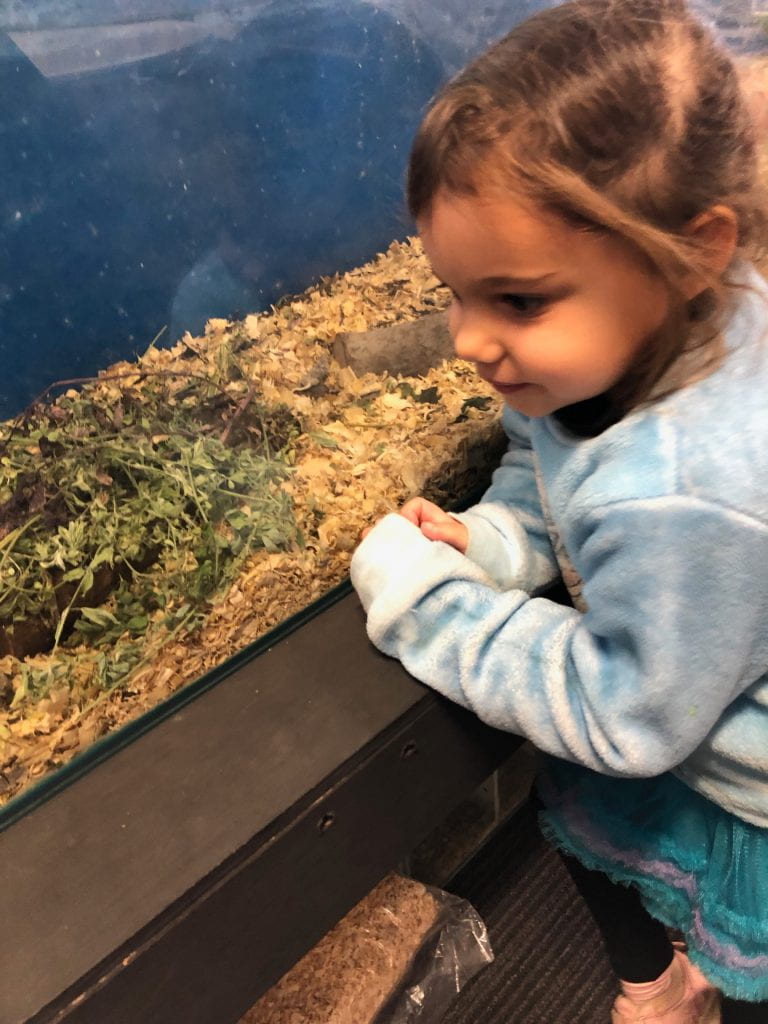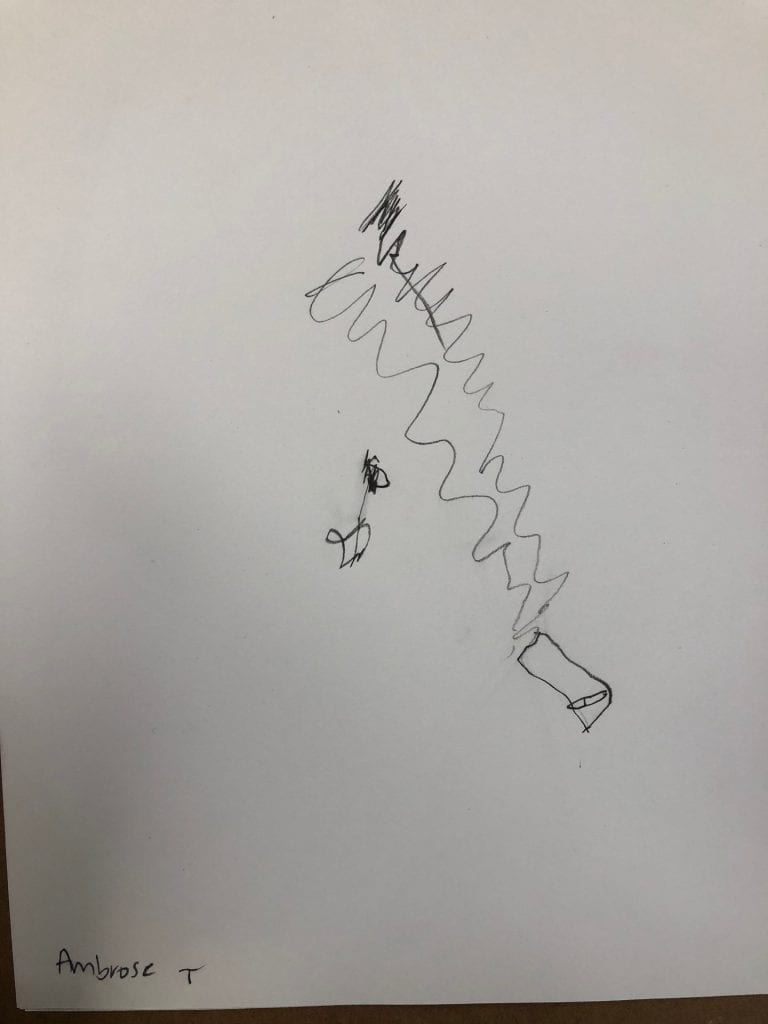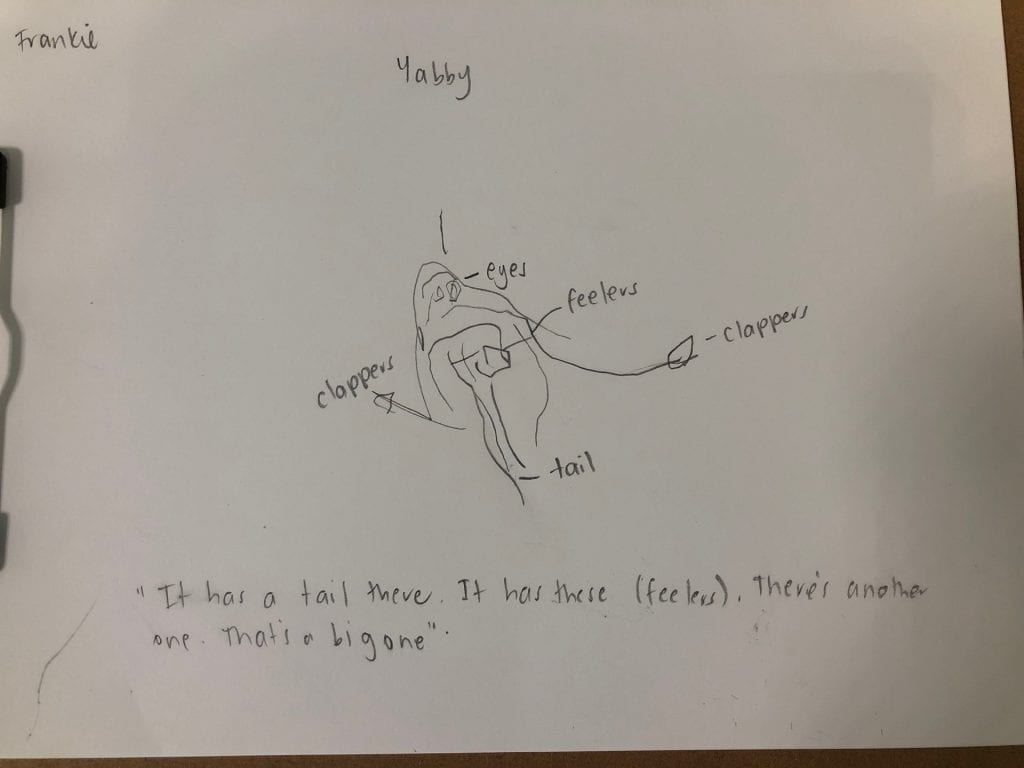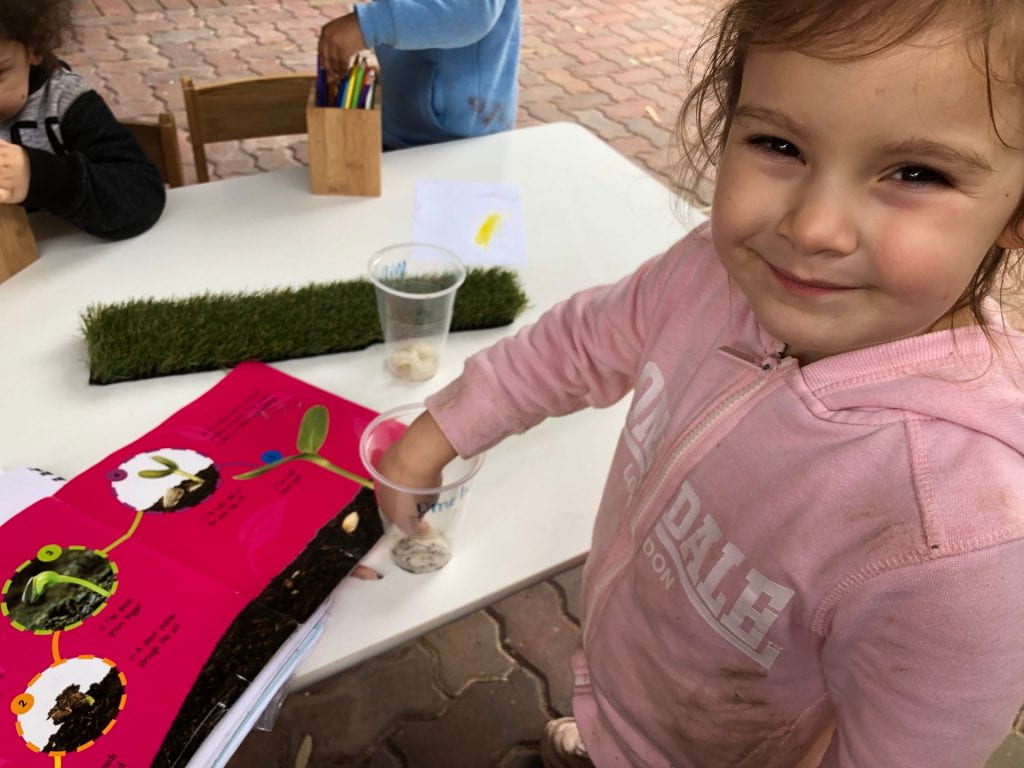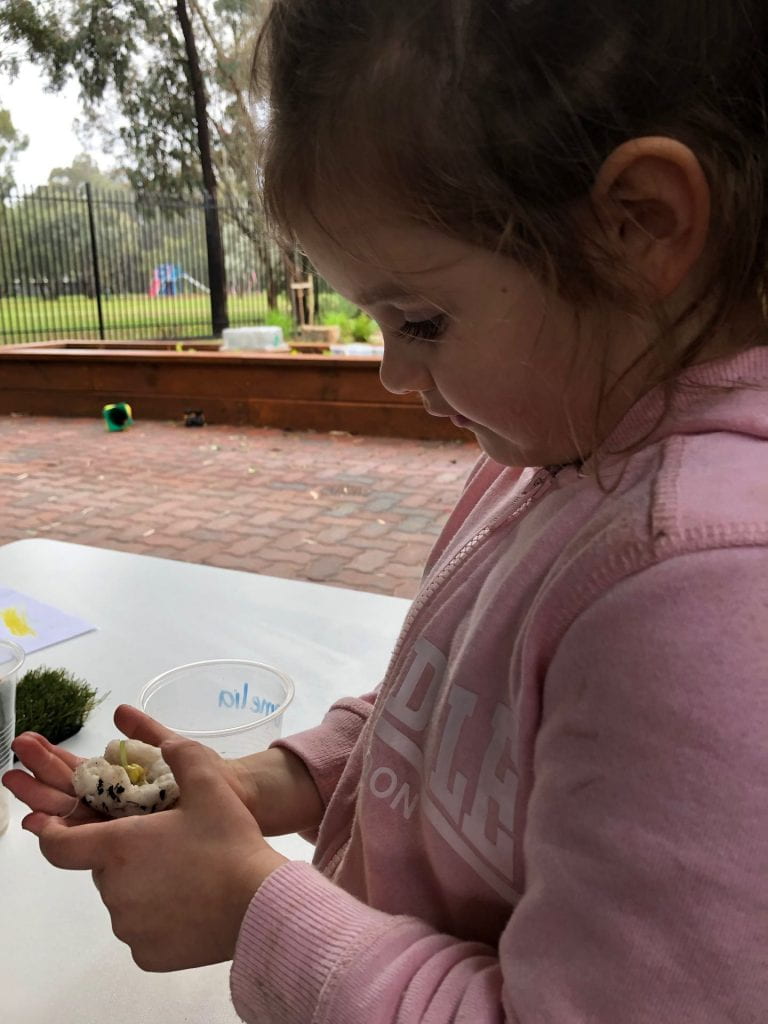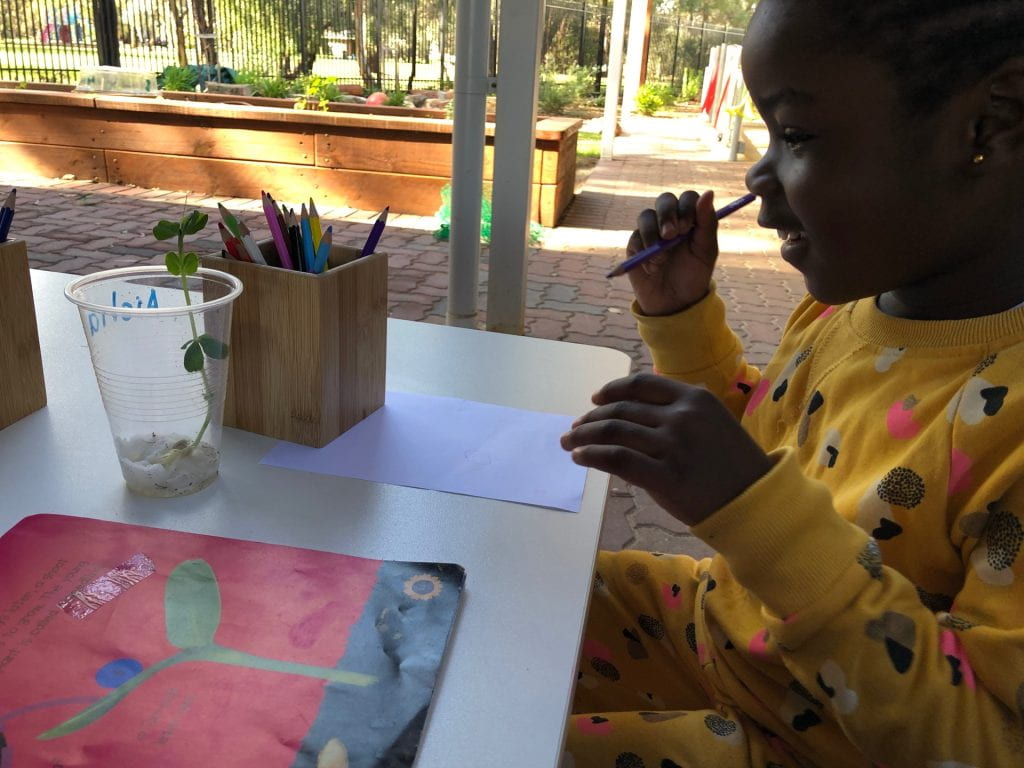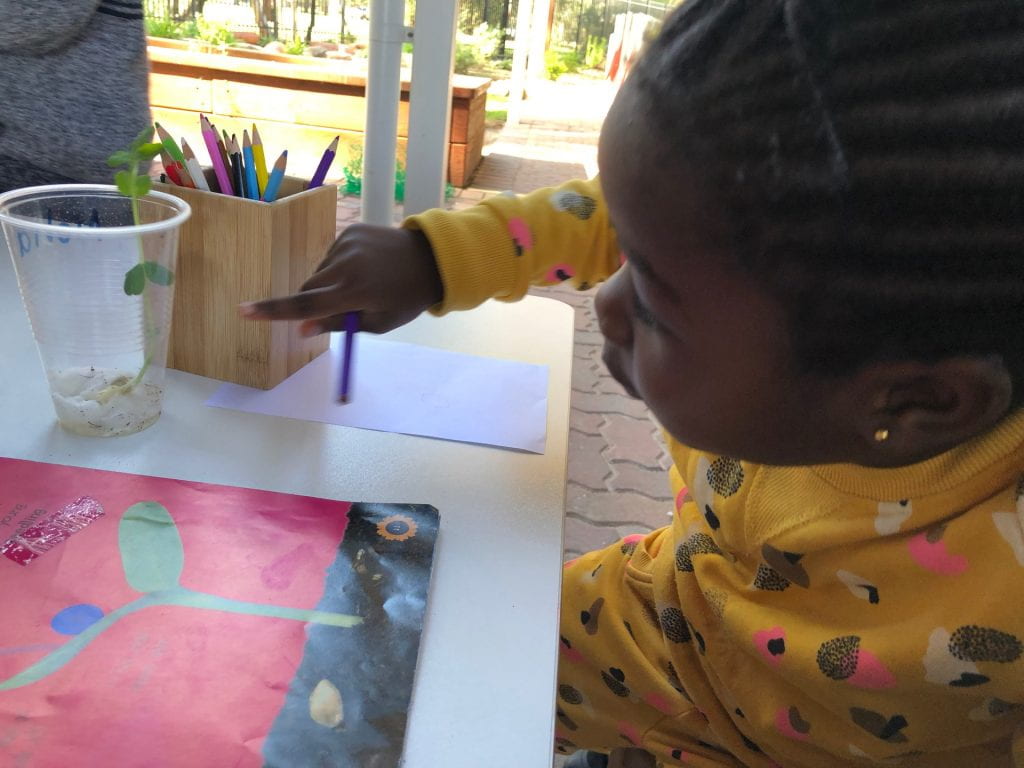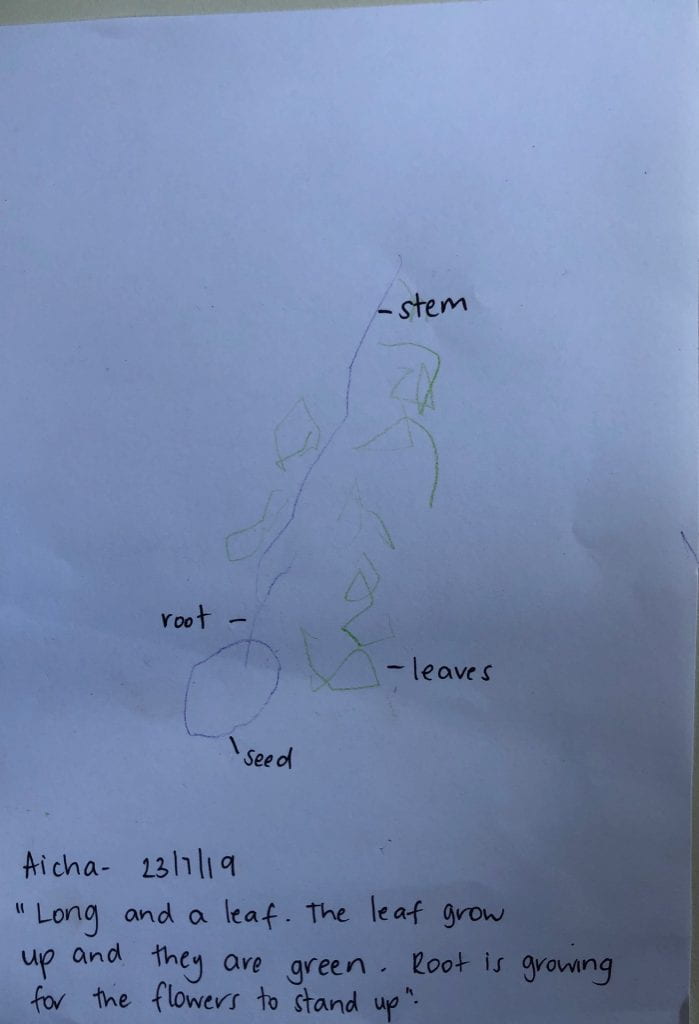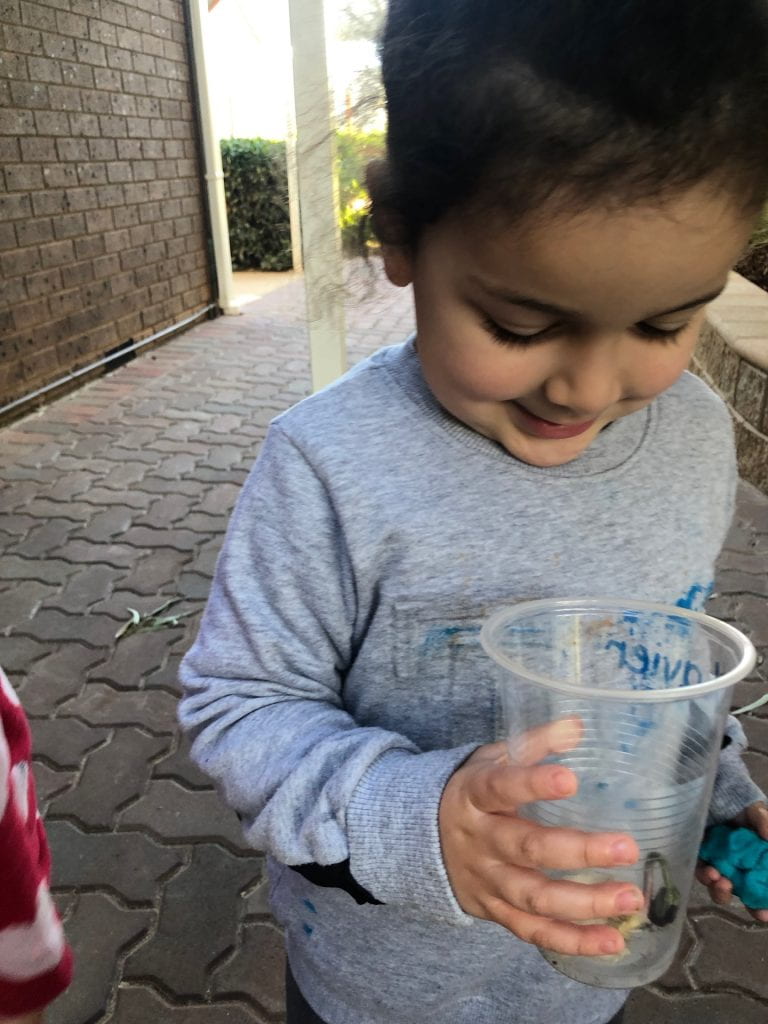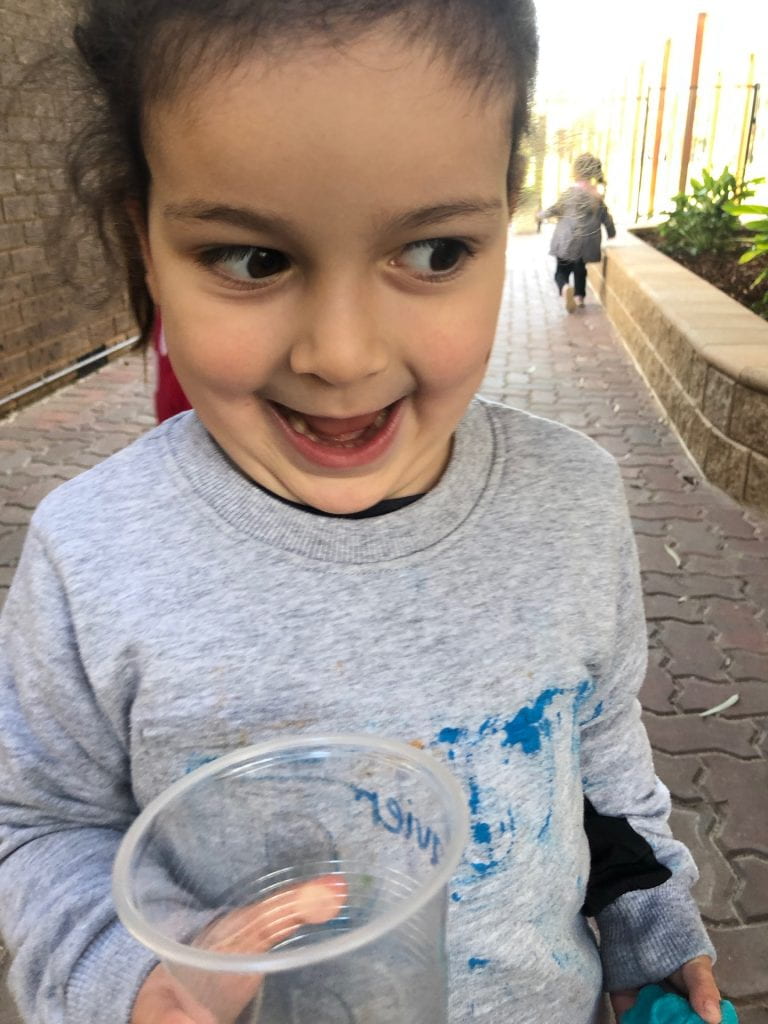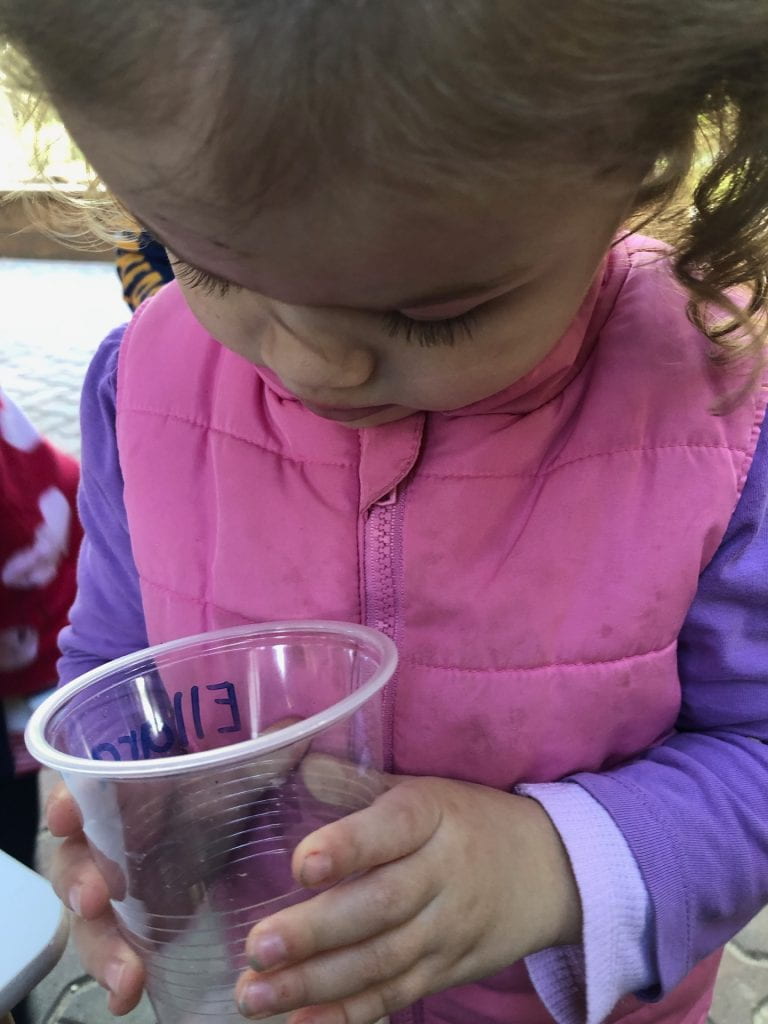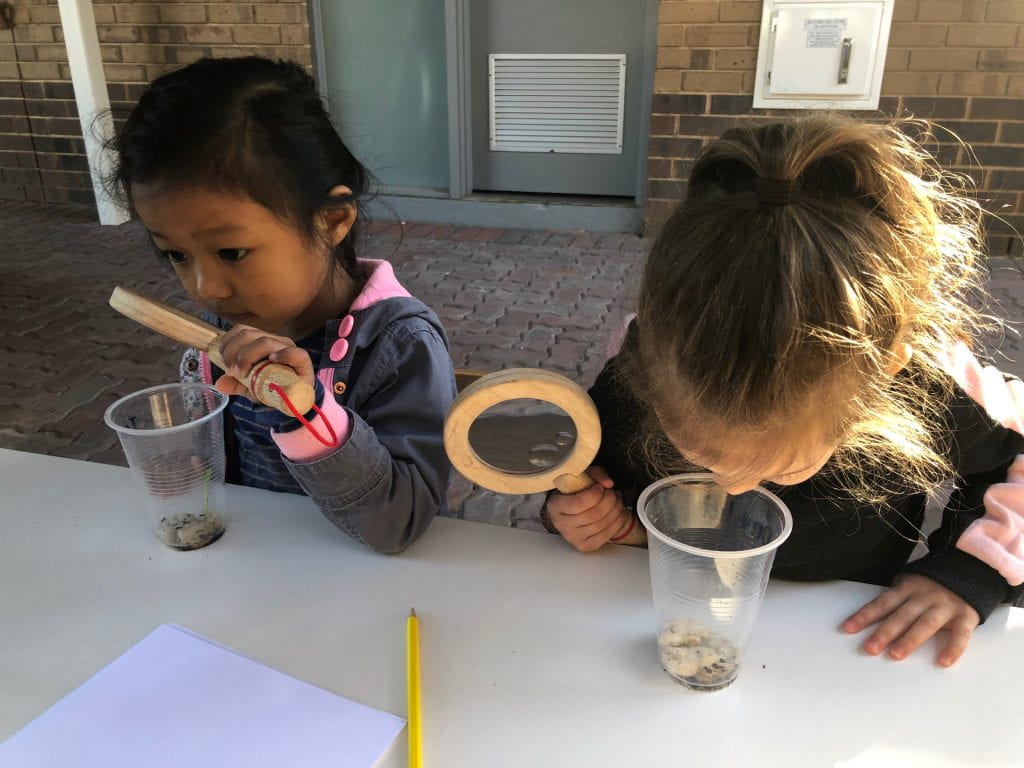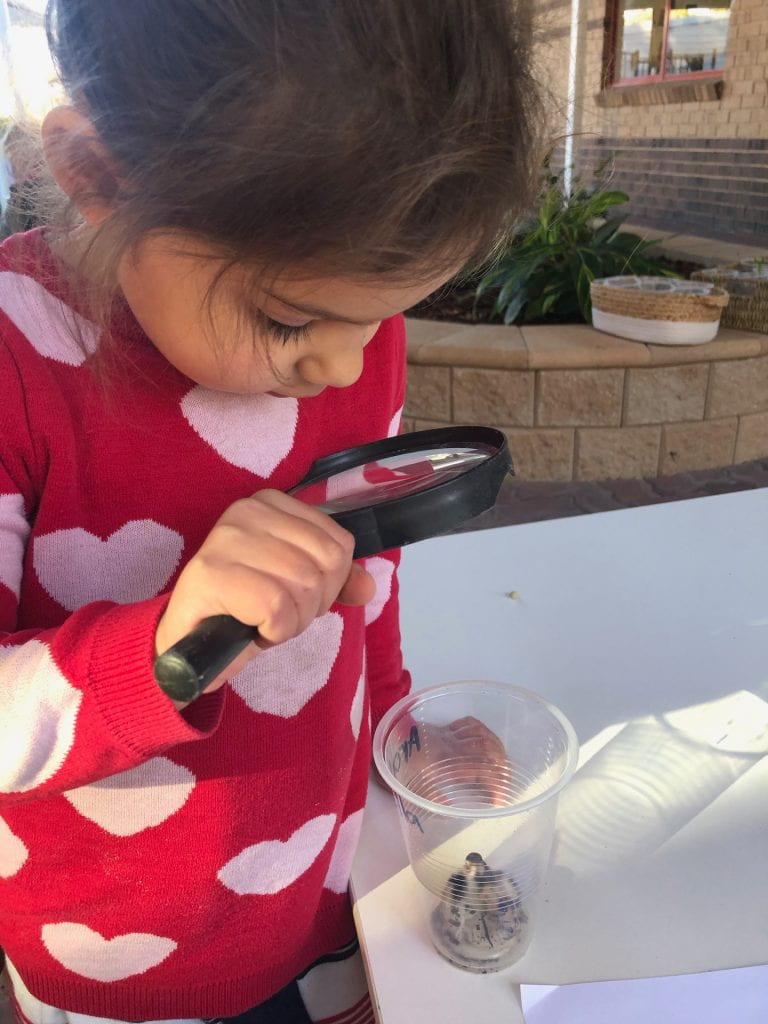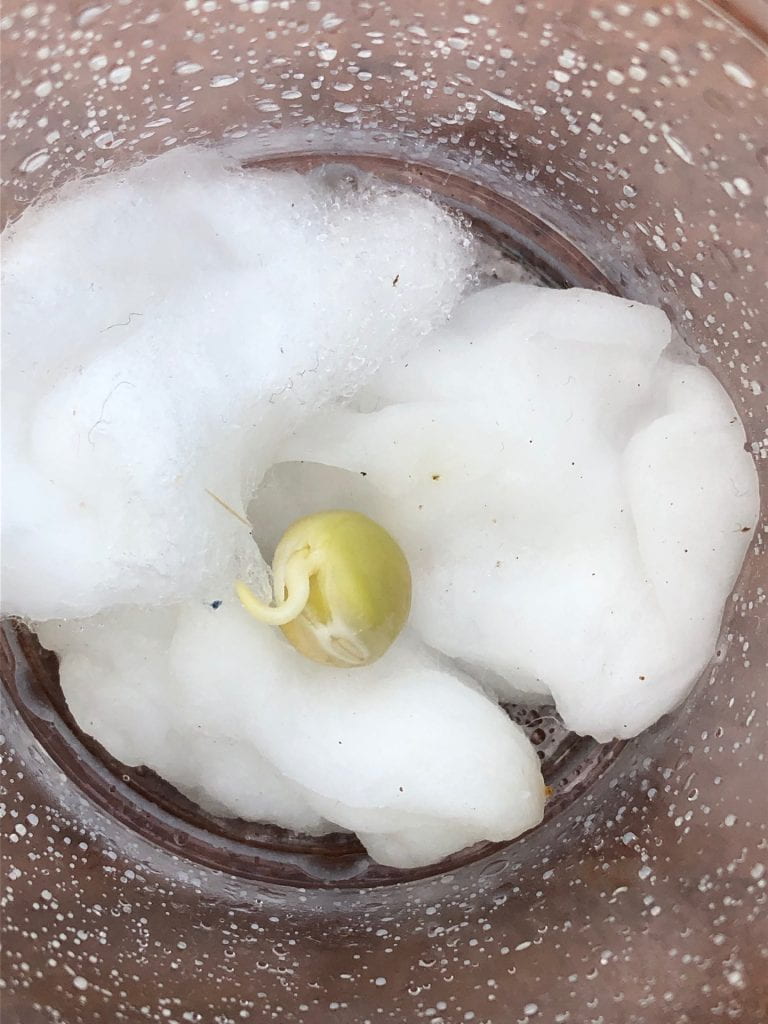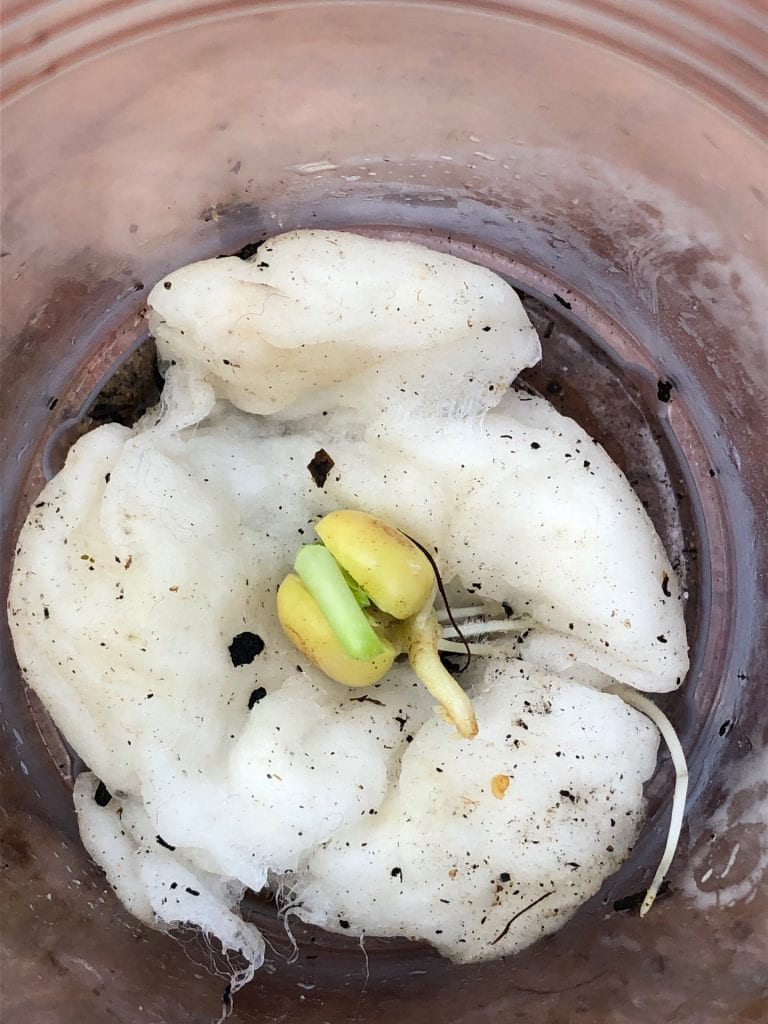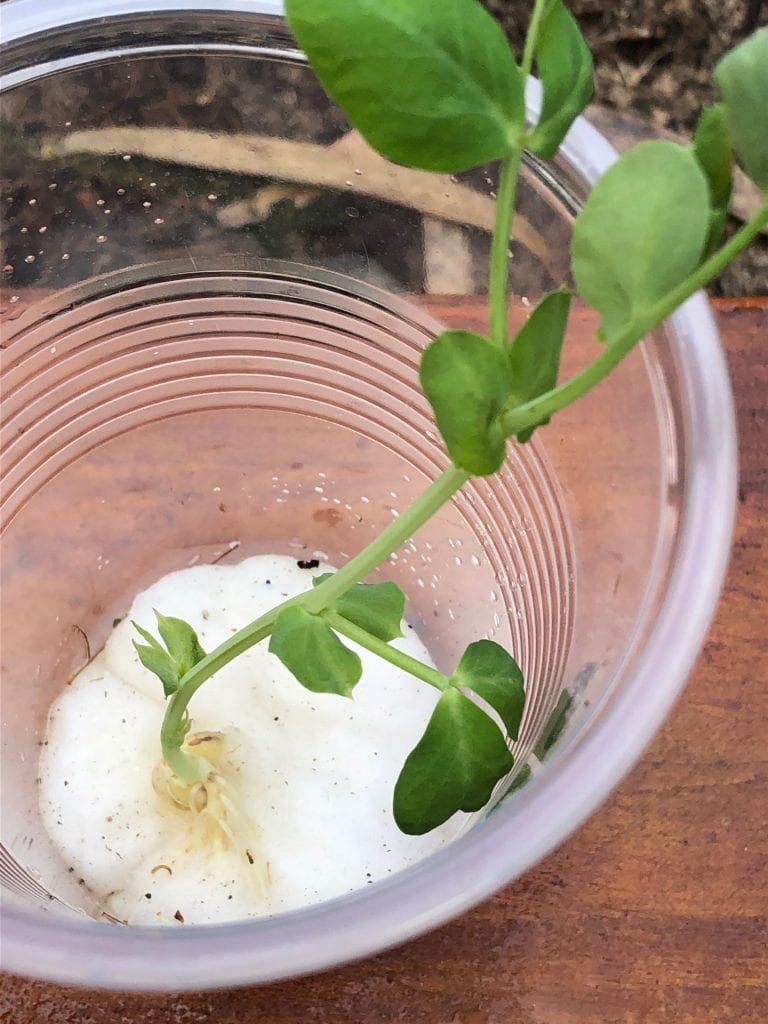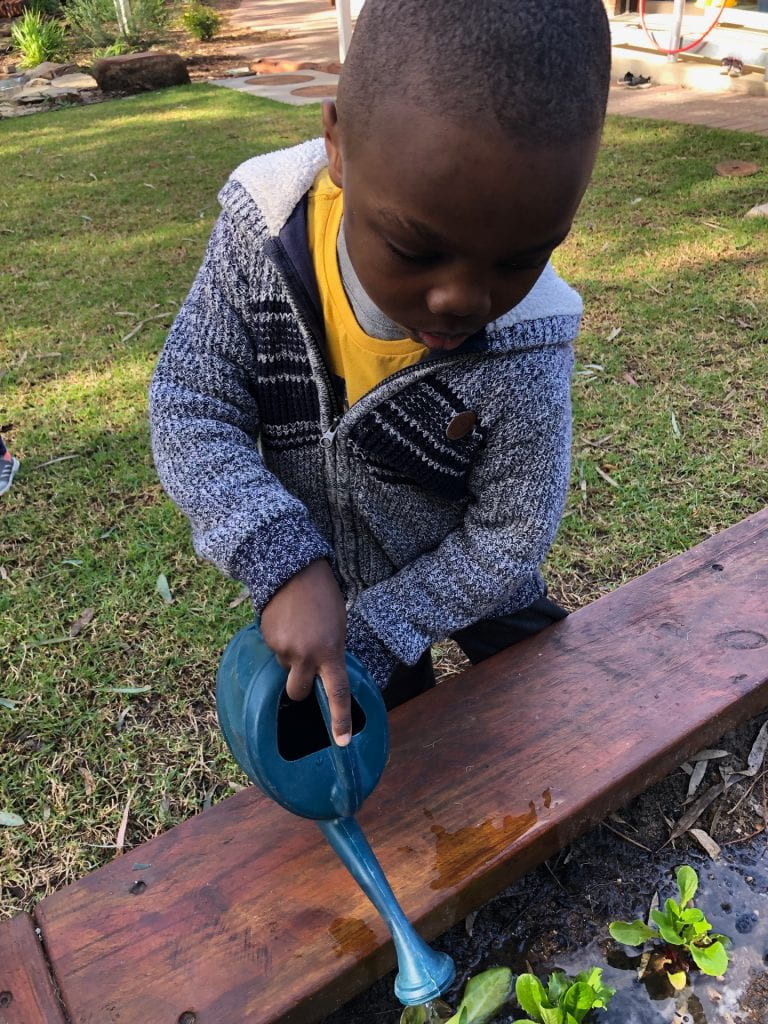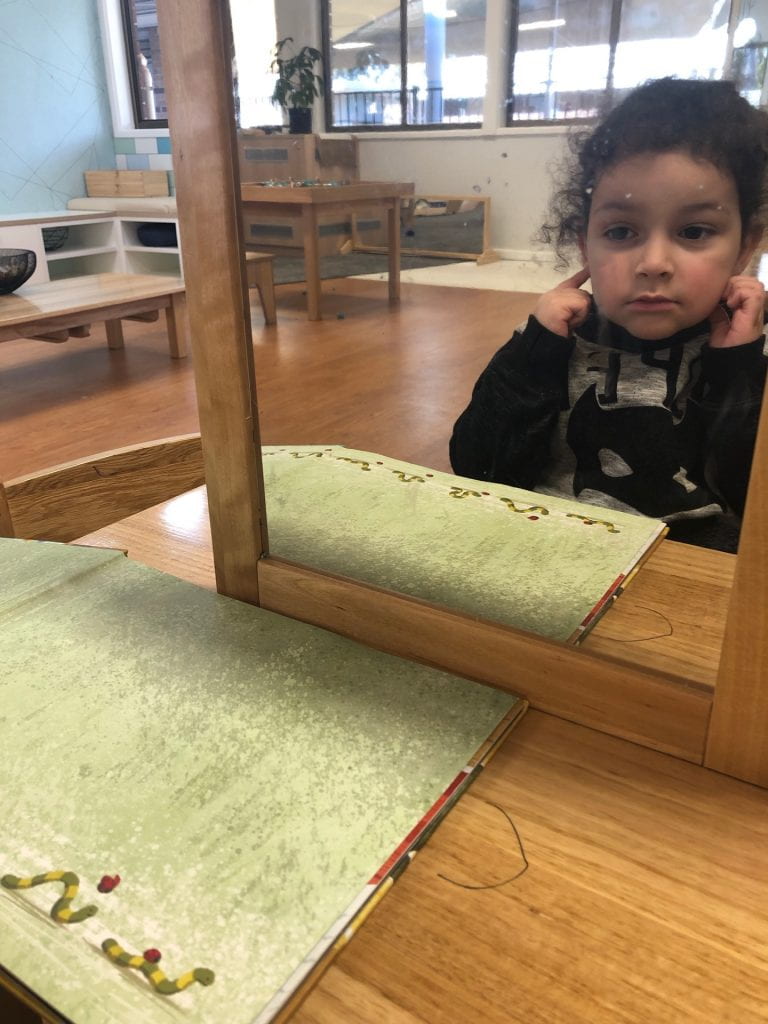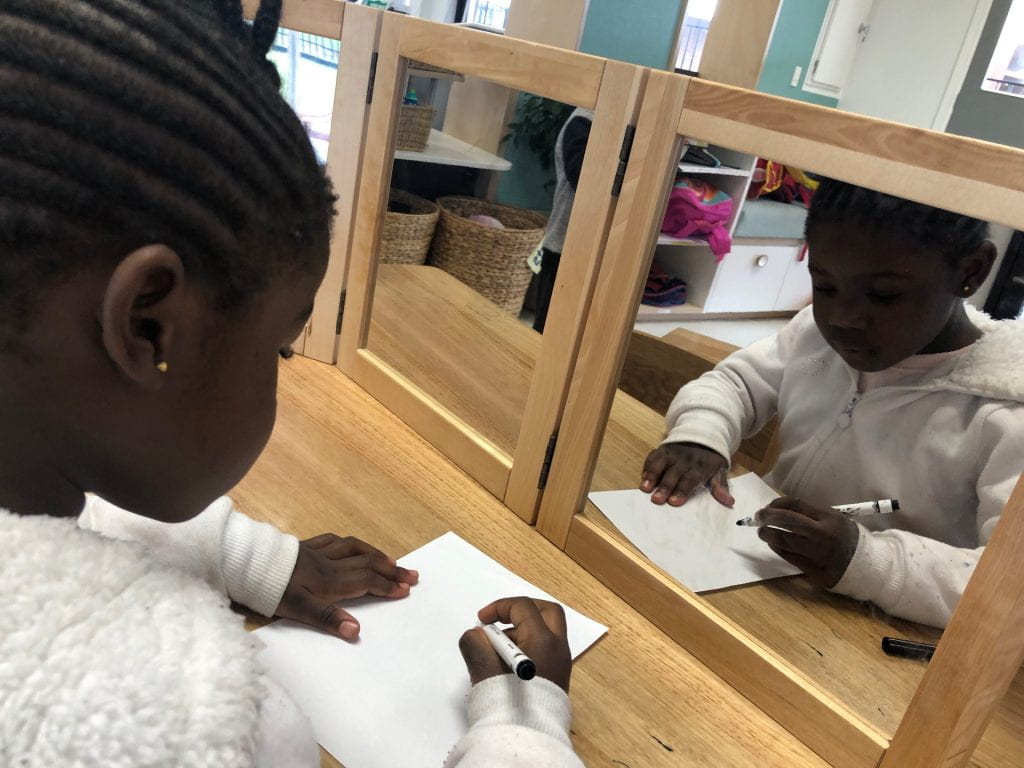We believe children have the right to be supported in their learning in all areas of their development – physically, cognitively, emotionally, socially and spiritually. We see children’s learning as integrated and connected. Learning is a social practice and through interactions and play experiences children develop their literacy and numeracy skills.
This week we have observed many examples of children’s literacy and numeracy understandings. We will use these observations to plan and program provocations to build and grow our children’s literacy and numeracy.
We do this with the support of the Government of South Australia Department for Education and Child Development Indicators for Literacy and Numeracy in Pre-School. The indicators have been developed to support teachers to extend and enrich every preschool child’s numeracy and literacy learning.
NUMERACY
Indicator: ‘I analyse, read and organise the data in my world’
One of our provocations this week was a table of different seeds and beans for the children to explore. Initially designed as a sensory experience, it also emerged as a wonderful numeracy activity. The bowls of beans and seeds got mixed up over the week and the children began to sort them.
Will
Will: I put the black ones in this bowl
Nicole: Why only black ones?
Will: So they not all mixed up. I’m still working on these.
Nicole: What if I put these in this bowl? If I put these in here what else would you add?
Will: Just those ones
Arabella
Indicator: ‘I analyse, read and organise the data in my world’
Arabella joined Will at the sorting table. She had some white beans and put them all in a bowl.
Nicole picked up an orange lentil and asked if Arabella if she would put that in the bowl with the white beans . Arabella said ‘no it’s not white’.
Shruti and Aicha
Indicator: ‘I analyse, read and organise the data in my world’
Nicole: The seeds got all mixed up and now we have to sort them out.
Shruti starts putting some seeds in a bowl.
Nicole: Why are you putting those in there Shruti?
Shruti: These are white
Aicha: I’m putting the white inside
Nicole: What about this bowl?
Aicha: Black
Nicole: And this bowl is empty, are there any seeds you could put in here?
Aicha: Orange ones.
Aicha: Look how many I have
Nicole: How many are there?
Aicha started counting. She counted to 13. We counted together demonstrating 1 to 1 correspondence. There were 18 seeds.
Tesi and Arielle
Indicator: ‘I quantify my world’
During outdoor play, Tesi asked for a little basket so she could collect ‘treasure’ Her and Arielle wandered through the yard collecting natural items from the gardens.
Tesi: Look Nicole, this is our first treasure.
Arielle: the second…. more treasure.
Nicole: How many have you found?
Arielle: 2
Tesi: Let’s find some other…. look treasure.
Arielle: It’s too big.
Nicole: Let’s look at our treasure.
Tesi: There’s bark and rock
Nicole: How many do you have?
Tesi: 1…2…3…4…5
Nicole: How many pieces of bark do you have?
Arielle: 4
Tesi: And 1 rock. 4 and 1 makes 5.
Tesi: Nicole look more treasure; a leaf
Nicole: A big leaf
Will, Tavae and Tesi
Indicator: “I measure and compare my world”
Indicator: “I quantify my world”
In a patch of our garden, will found a number of feathers of different colours, sizes and textures. Tavae and Tesi were intrigued and together they all collected some of the feathers in a bowl.
Will: There was an emu here
Tavae: I found one. Oh! it’s not going on my hand .
Will: There’s a lot of feathers Tesi. I’m just collecting them.
Tesi: I got one Nicole. It was there. Hey look! Feather!
Will: Guys an emu has maybe been here because these feathers are bigger. Got any more feathers? I been selecting them.
Nicole: How do you think the feathers got here?
Tesi: The birds.
Tesi: I think bird has wings and they can flap their wings and fly.
Aicha: They came from up that tree and then came here.
Will: I don’t know how it got here. They came in the night and I wasn’t here. Maybe the wind got strong and it got colder and the feathers blew off.
Tavae: I think the bird got died.
Arielle: The birds died.
Tarun
Indicator: “I quantify my world”
Tarun spent time matching the number stones to the number cards.
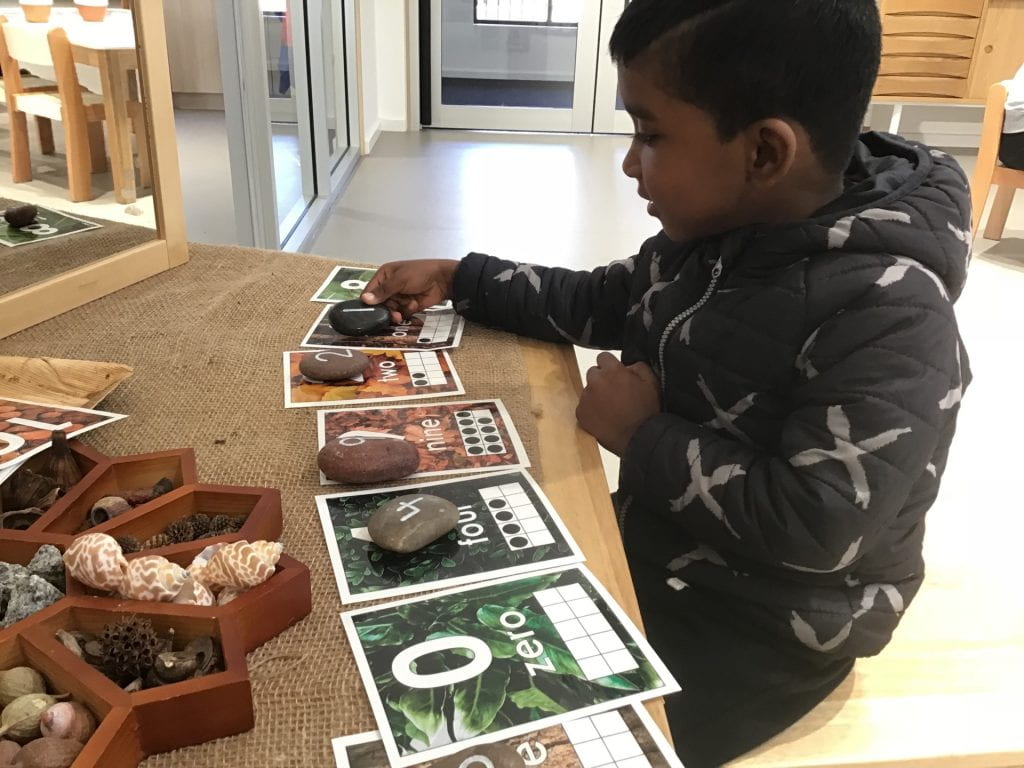
Tavae
Indicator: ” I explore and understand my place and space in the world”.
Tavae is very interested in turtles and loves caring for our turtle, ‘Strawberry’. He was drawn to the turtle puzzle and concentrated and persisted for a long time to complete the challenging puzzle. He flipped and rotated puzzle pieces to fit them together.
Tavae: You help me Nicole.
Nicole: You have a go and do the pieces you can and then I will help you if you need me.
Tavae: Look Nicole this big one it go here see? And this one?
Nicole: What do you think Tavae?
Tavae: I can’t do this.
Nicole: Let’s try this.
Tavae: Oh look it does work.
Nicole: Oh but there’s a little gap, they all need to fit together remember.
Tavae: Hmmm I think this one goes this way, no that way. No. Hey look! It goes this way.
LITERACY
Tesi
Indicator: “I represent my world symbolically”.
Tesi has been learning to write her name. Tesi knows the different letters of her name and can write some of the letters. To scaffold the process of writing her name, we have been using tracing dots to form the letters. Tesi is now drawing the tracing dots herself to support herself in writing the letters.
Arielle
Indicator: “I engage with texts and make meaning”.
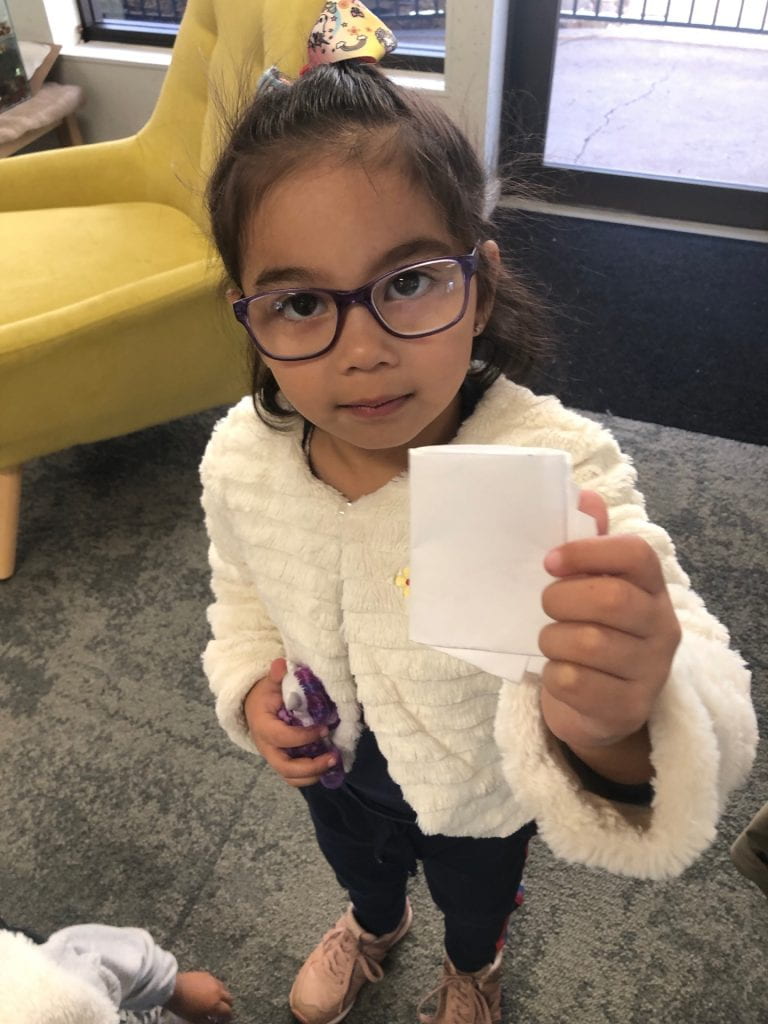
Arielle: I made a book
Nicole: How wonderful! Tell me more about your book.
Arielle: I use the paper to make the book. The book is about me and Tesi.

